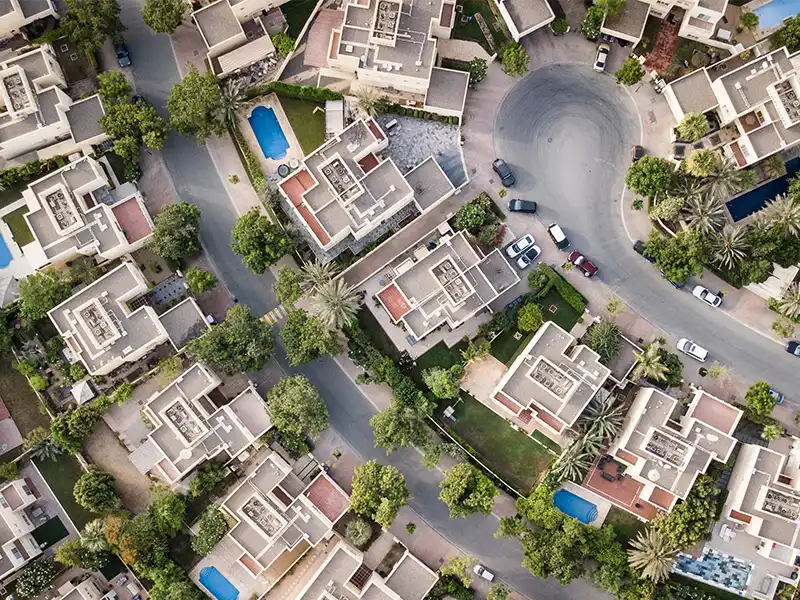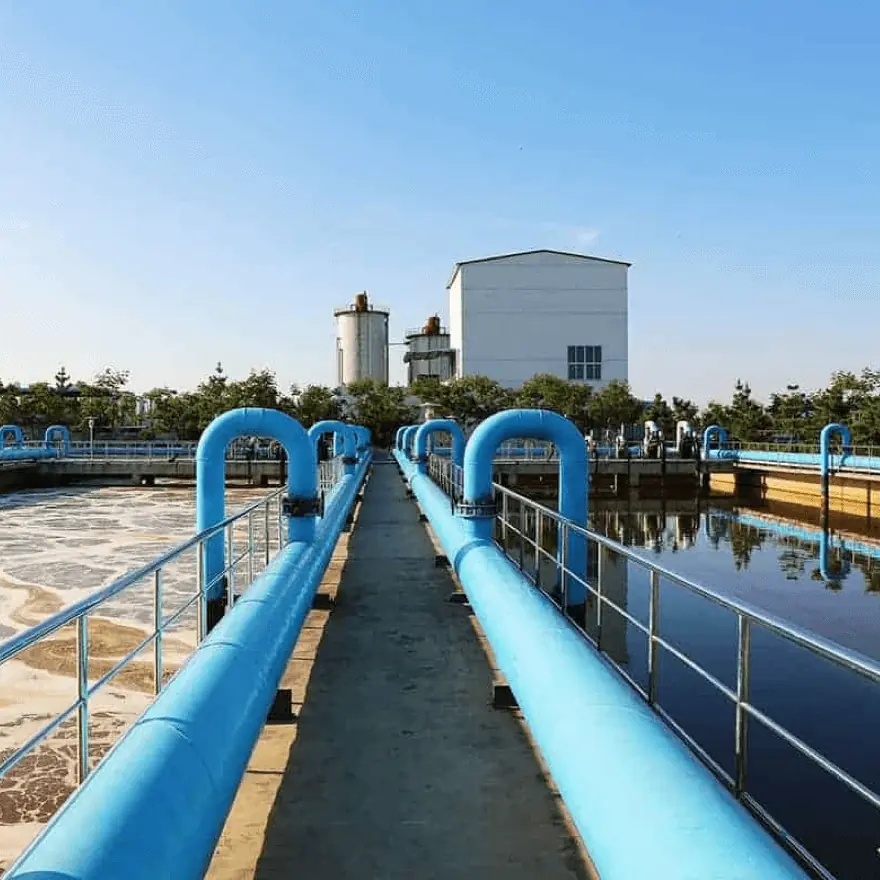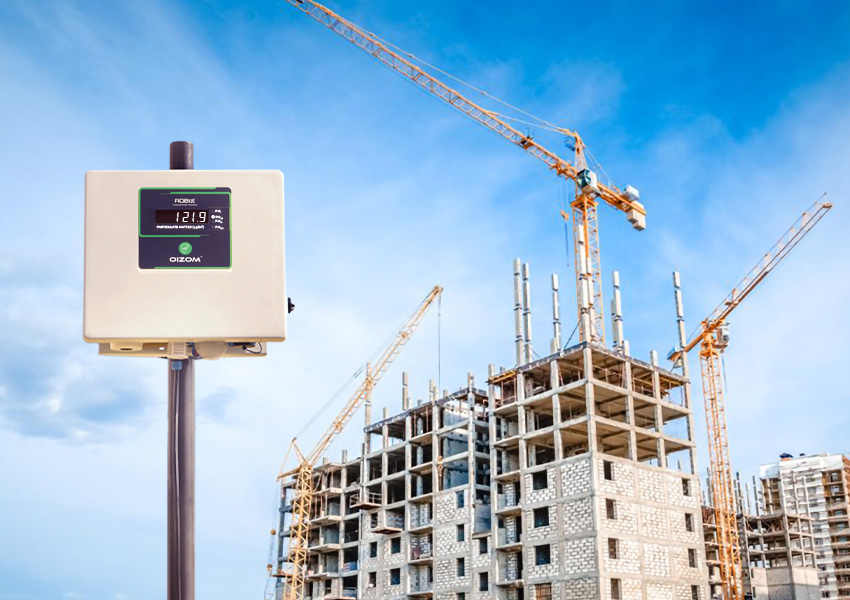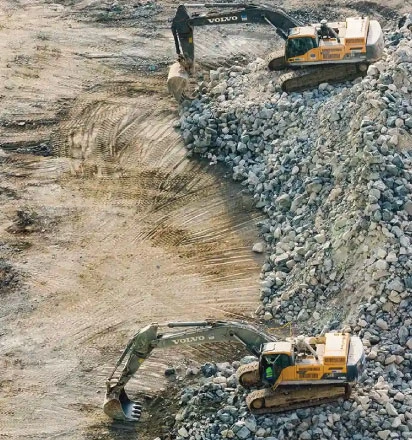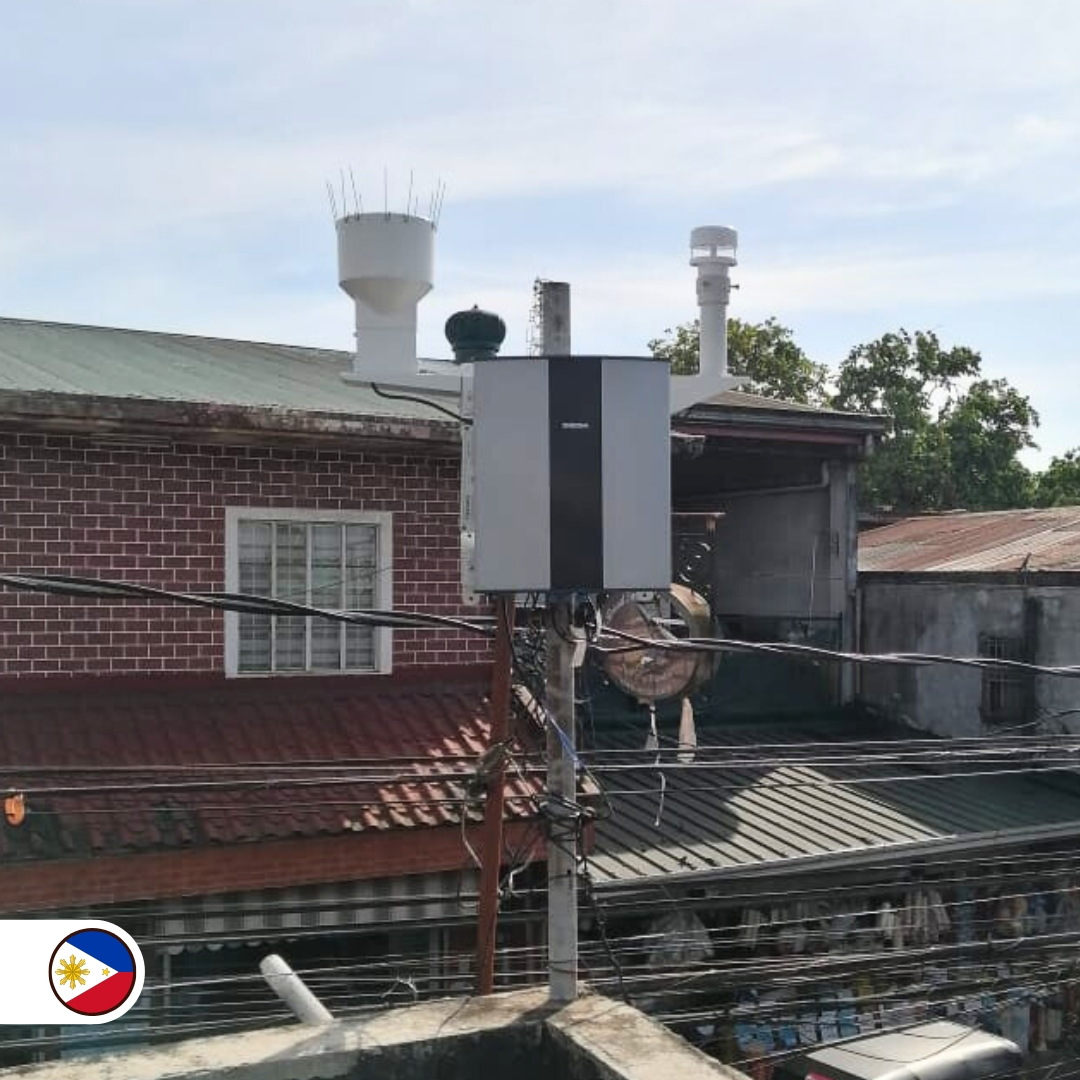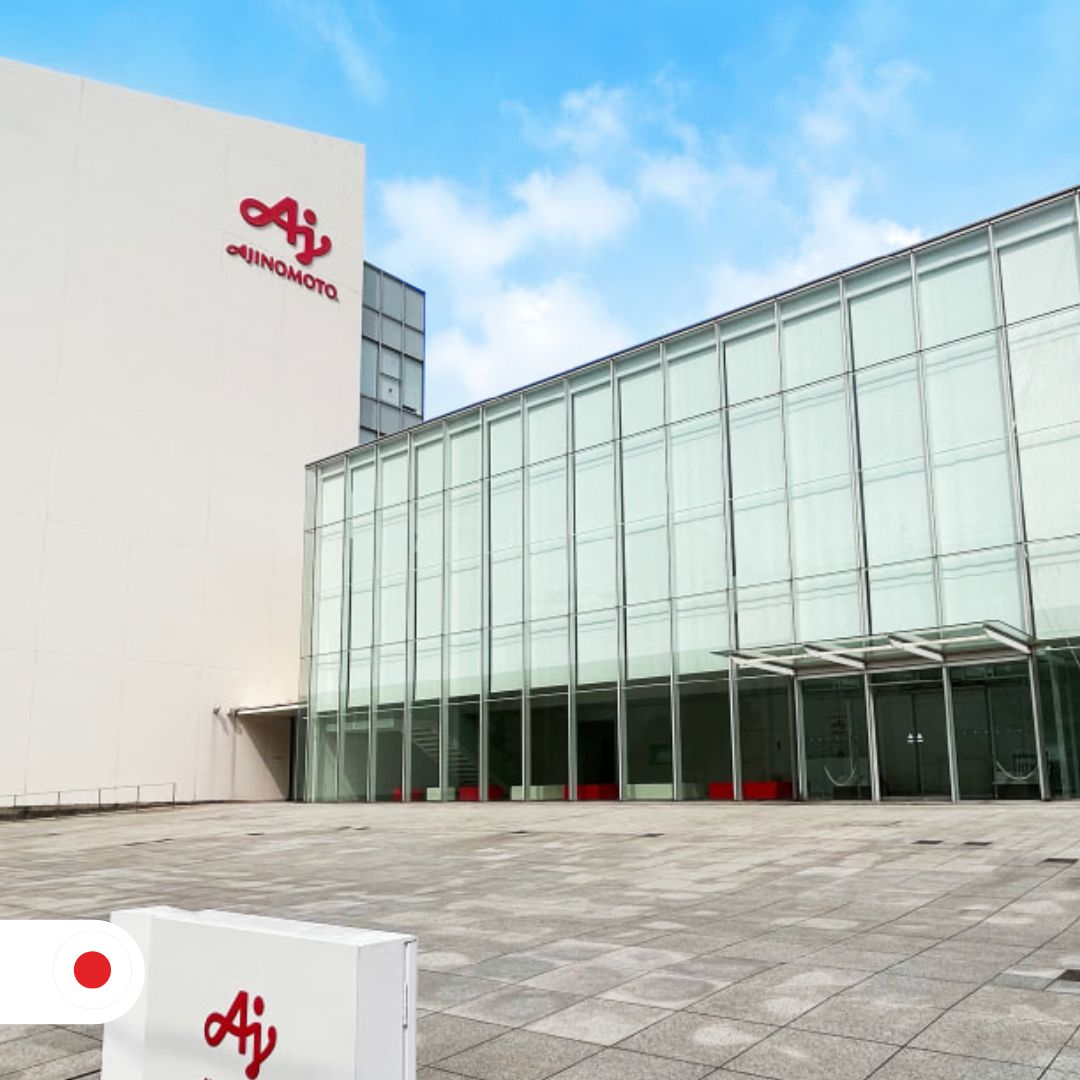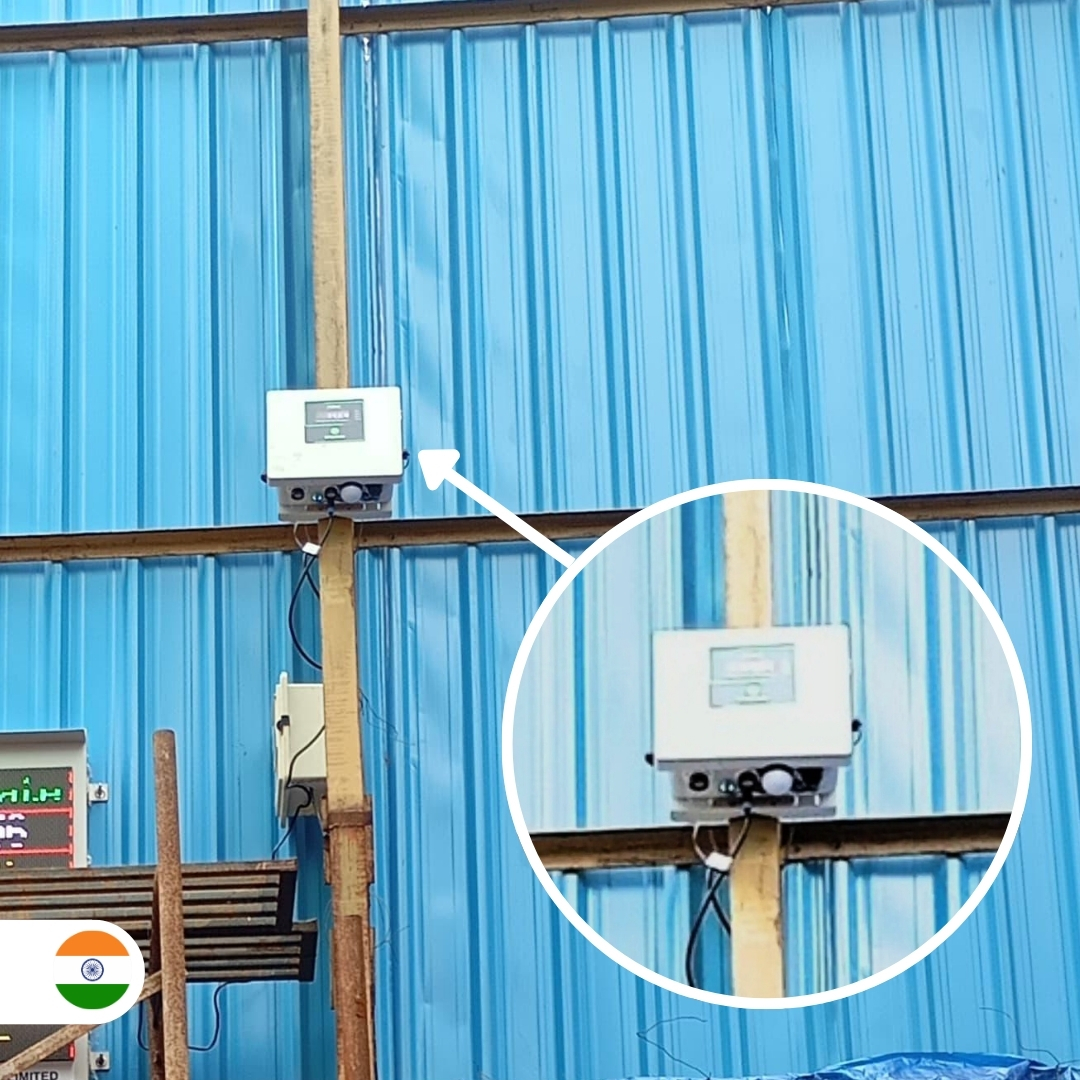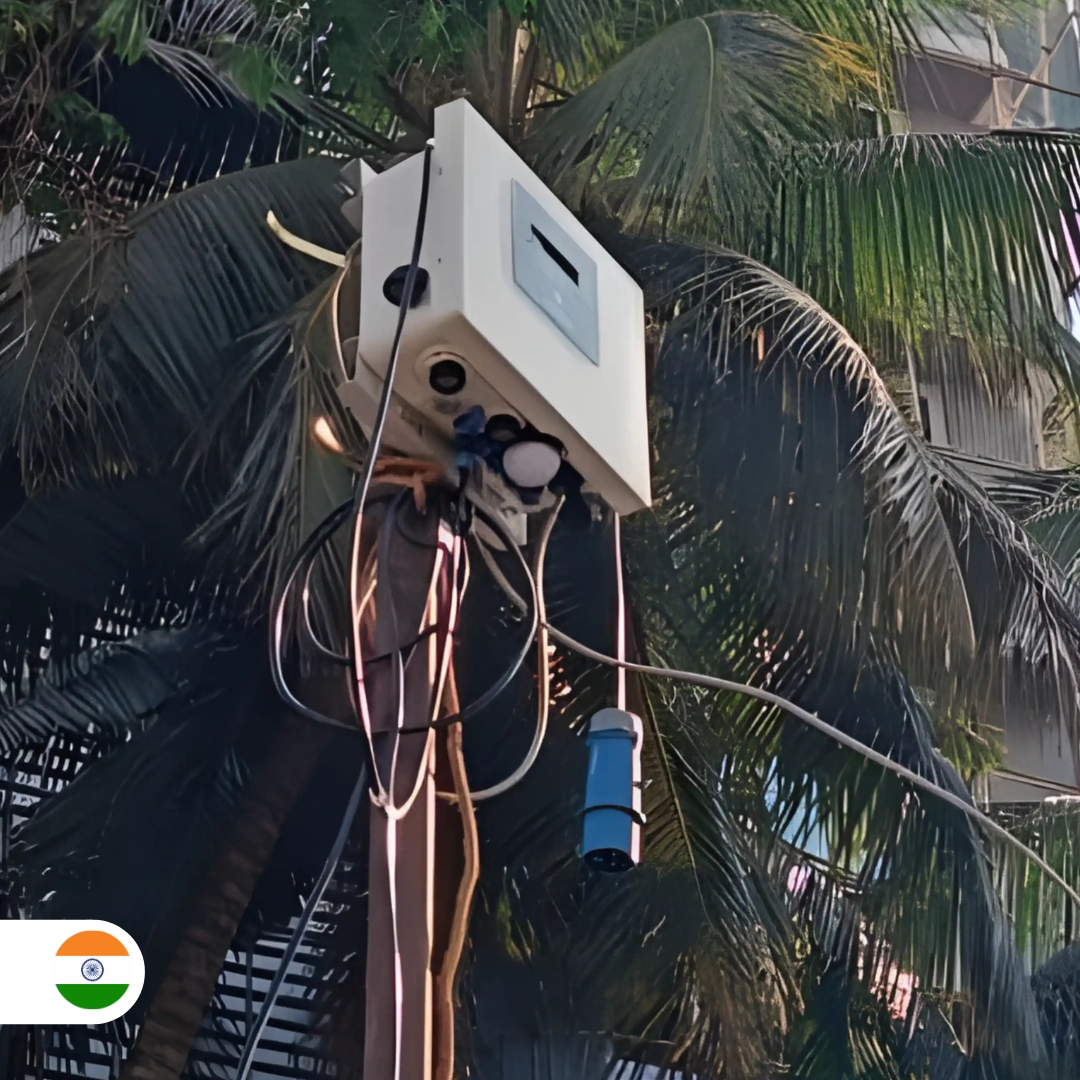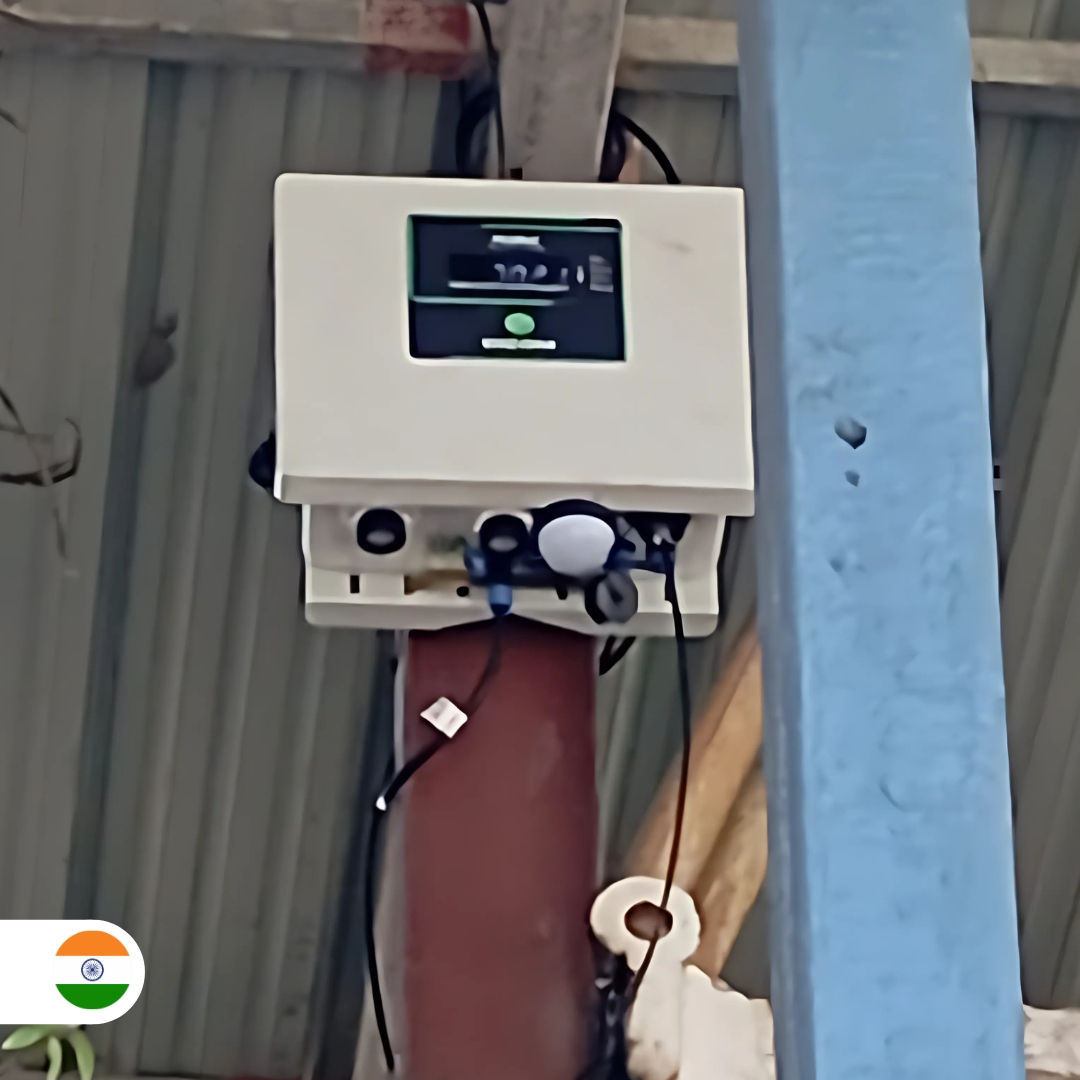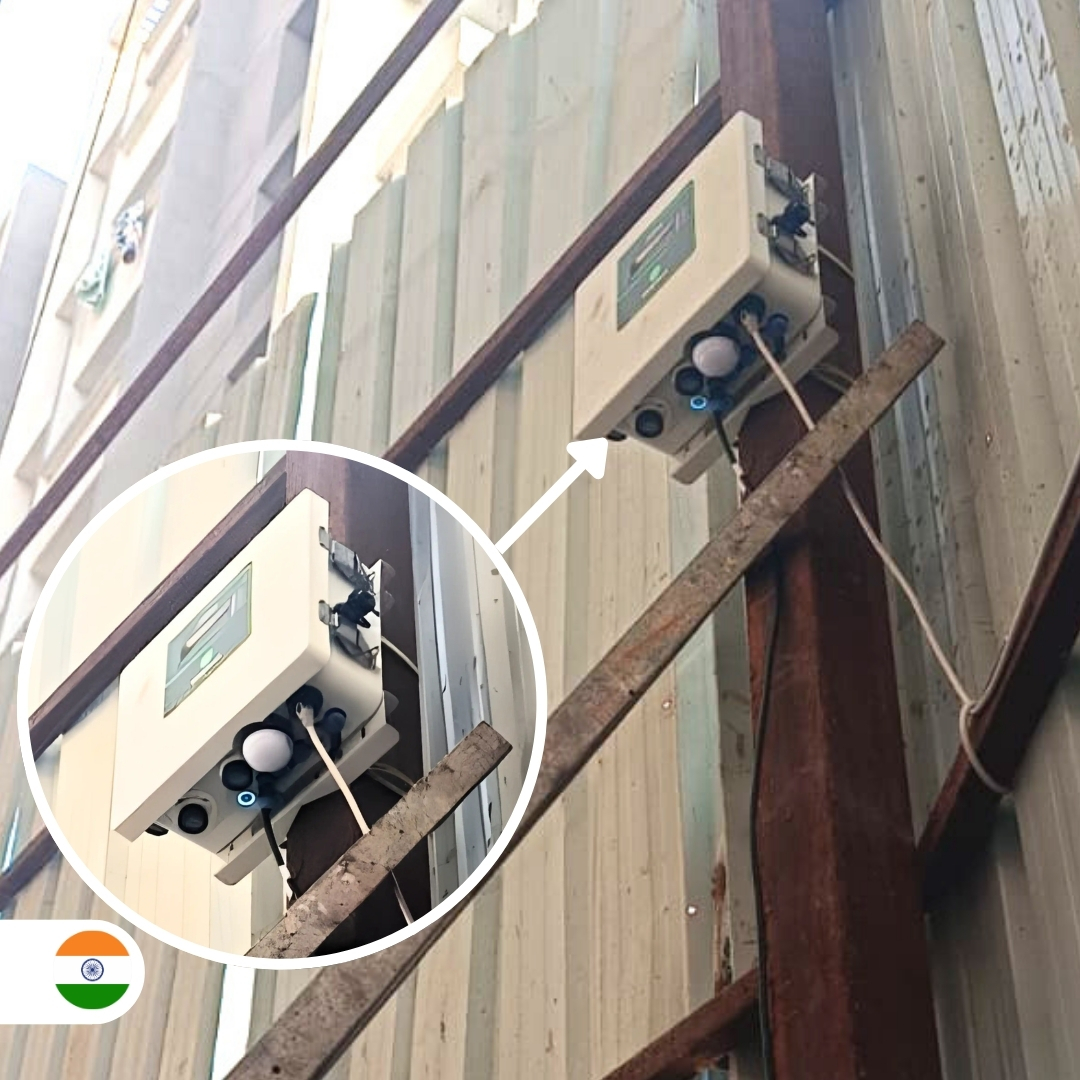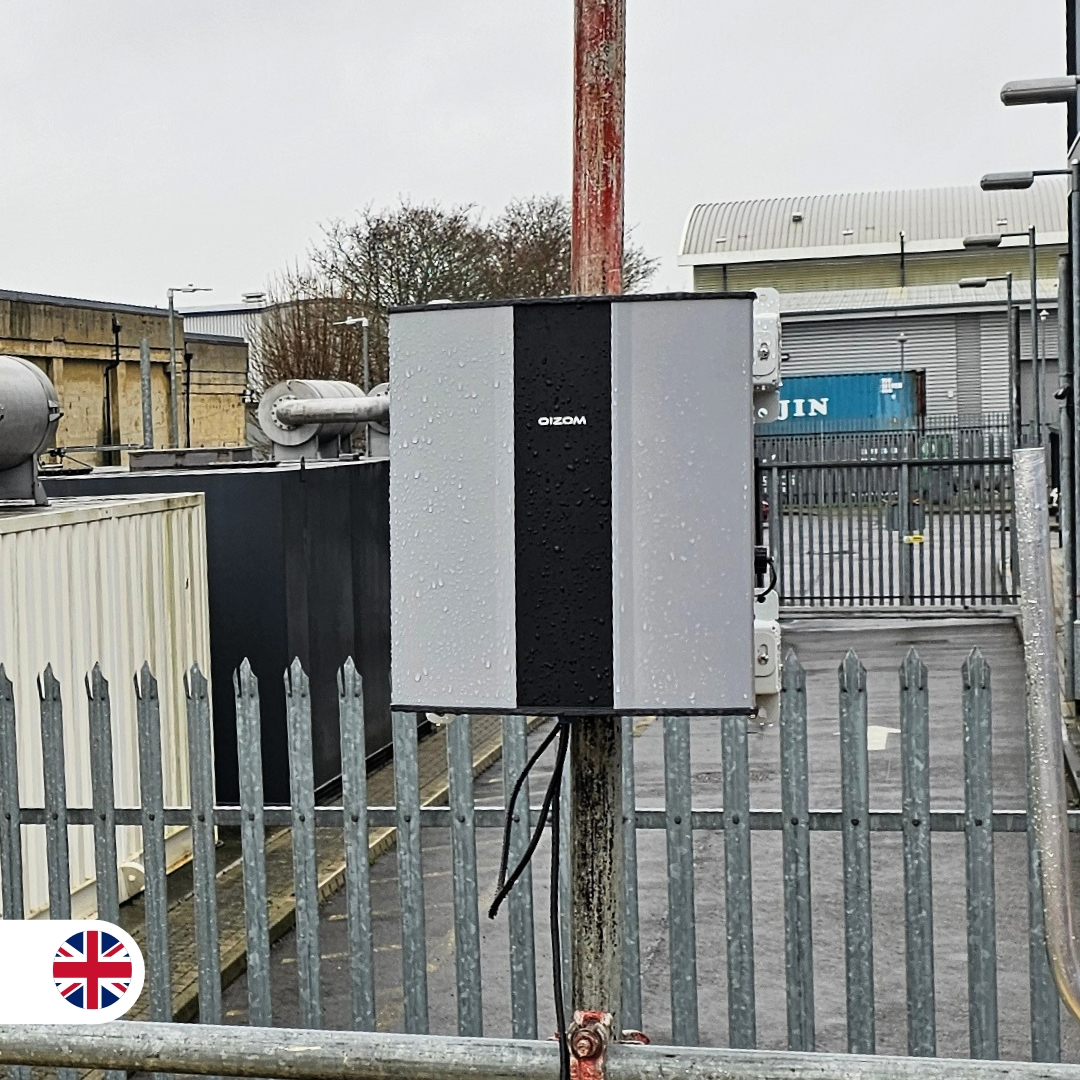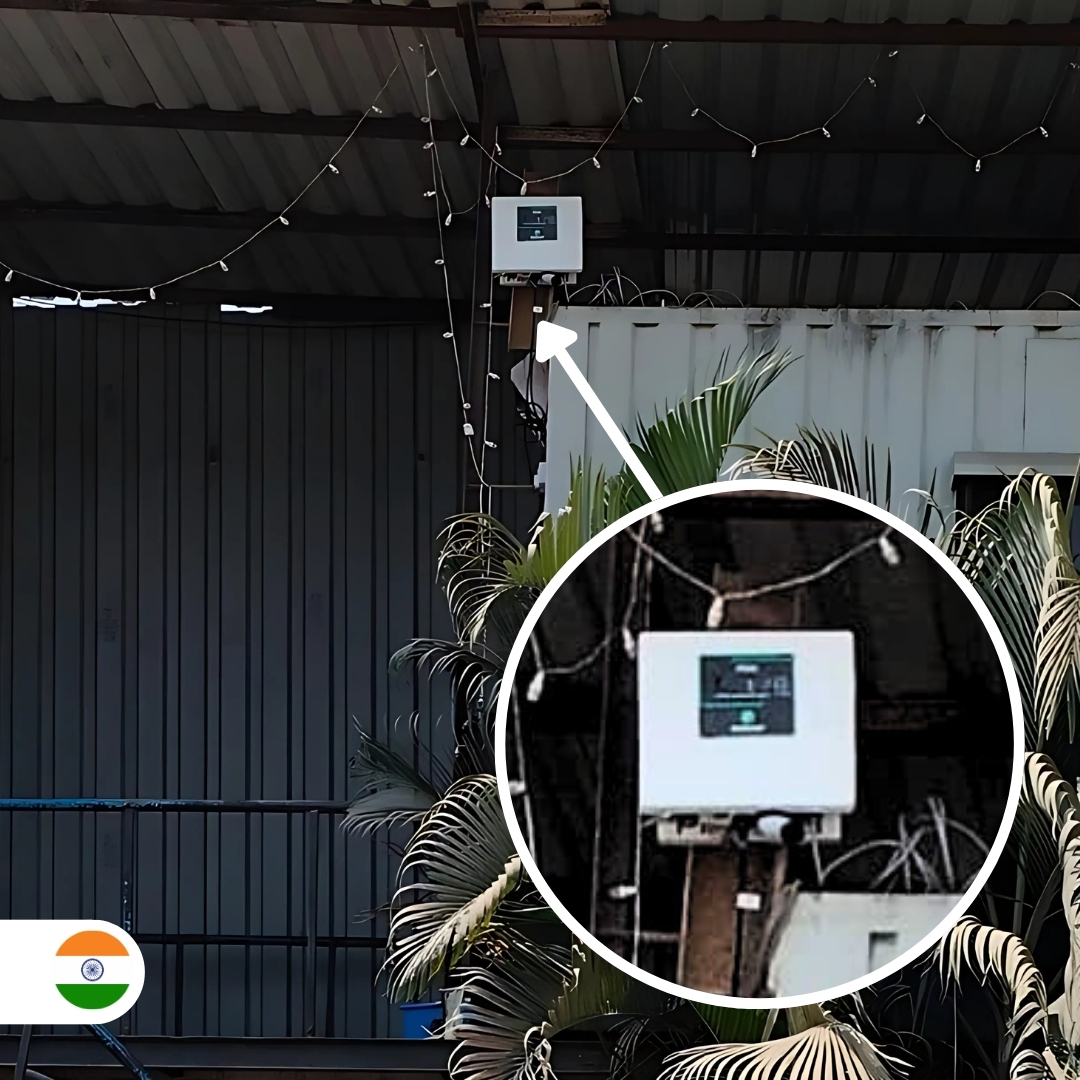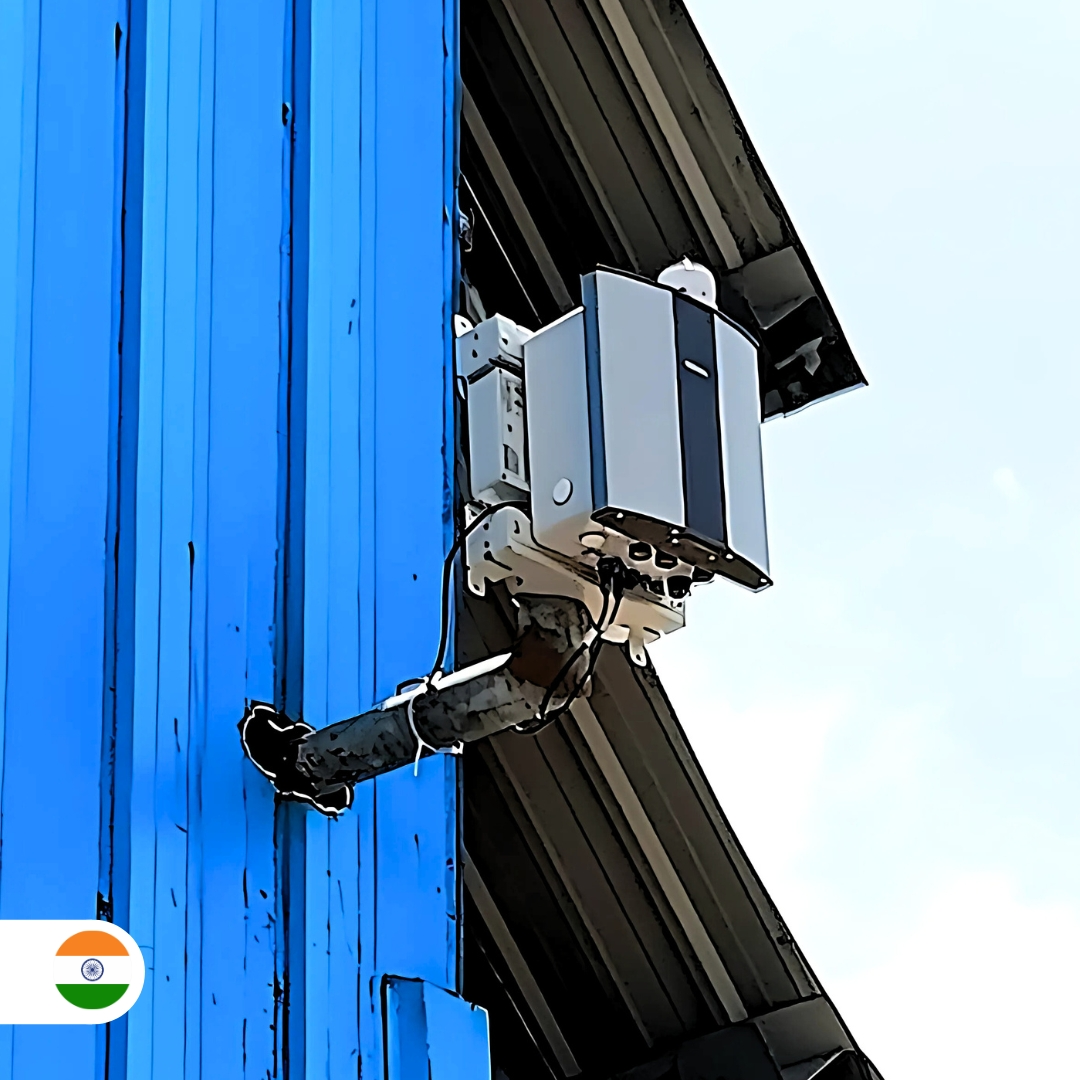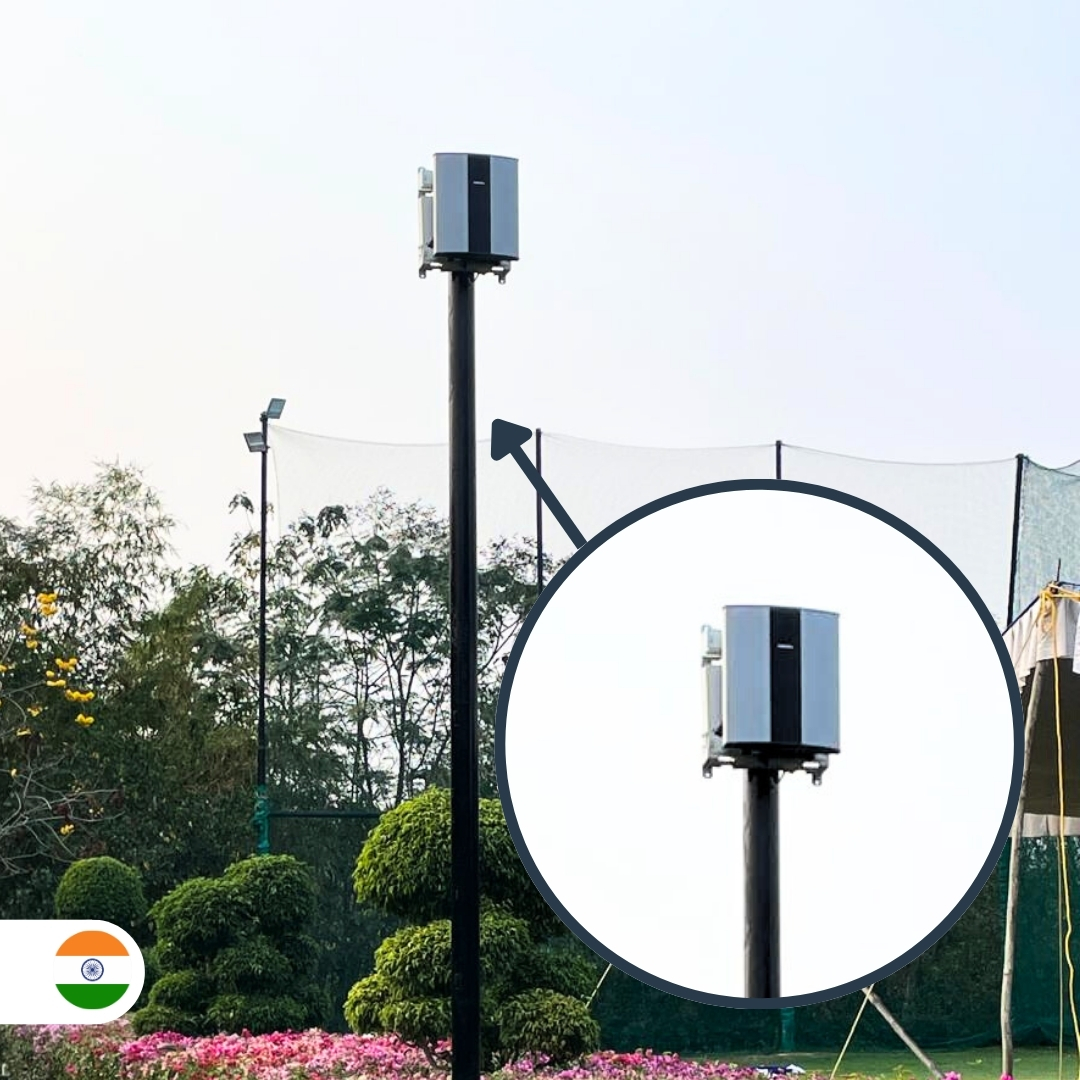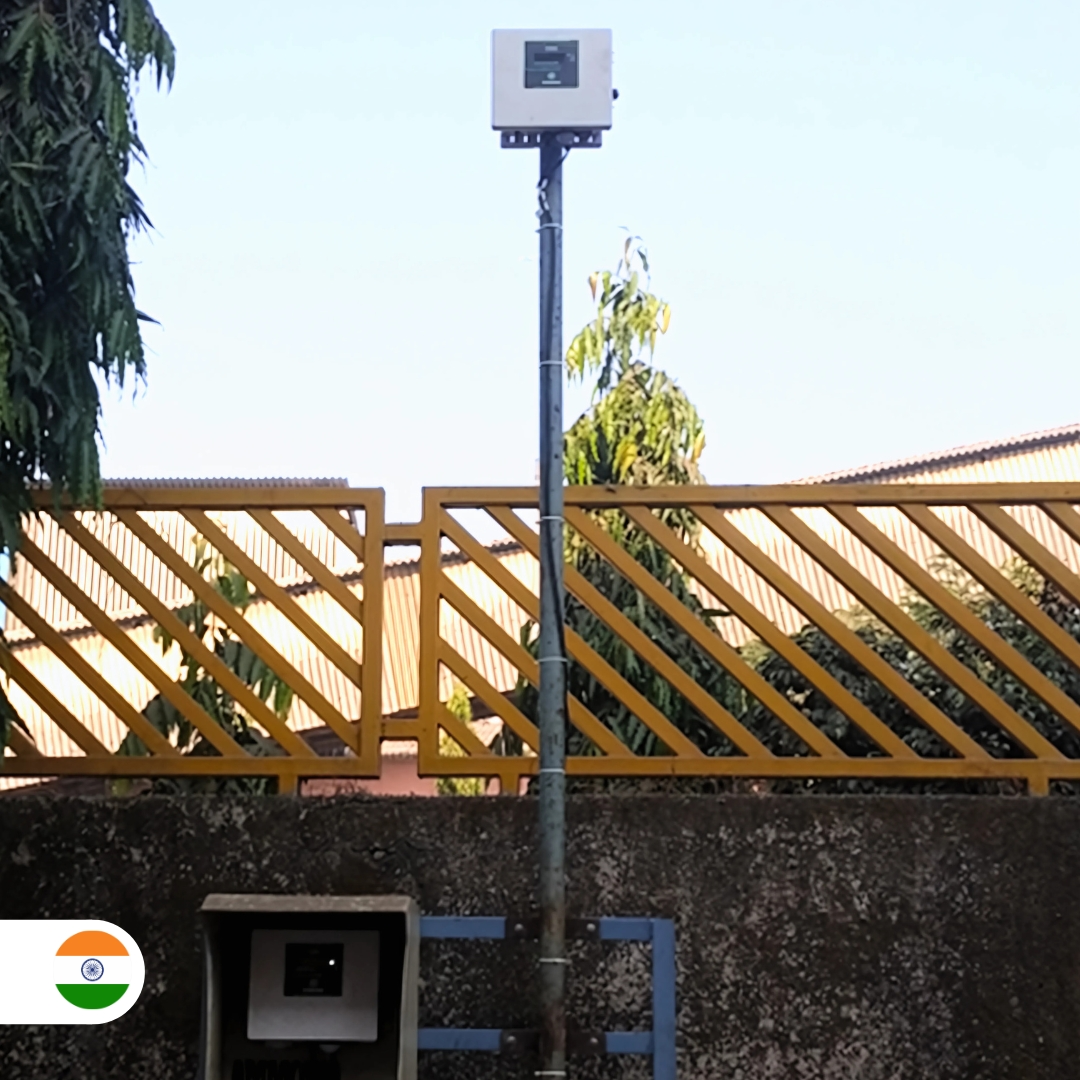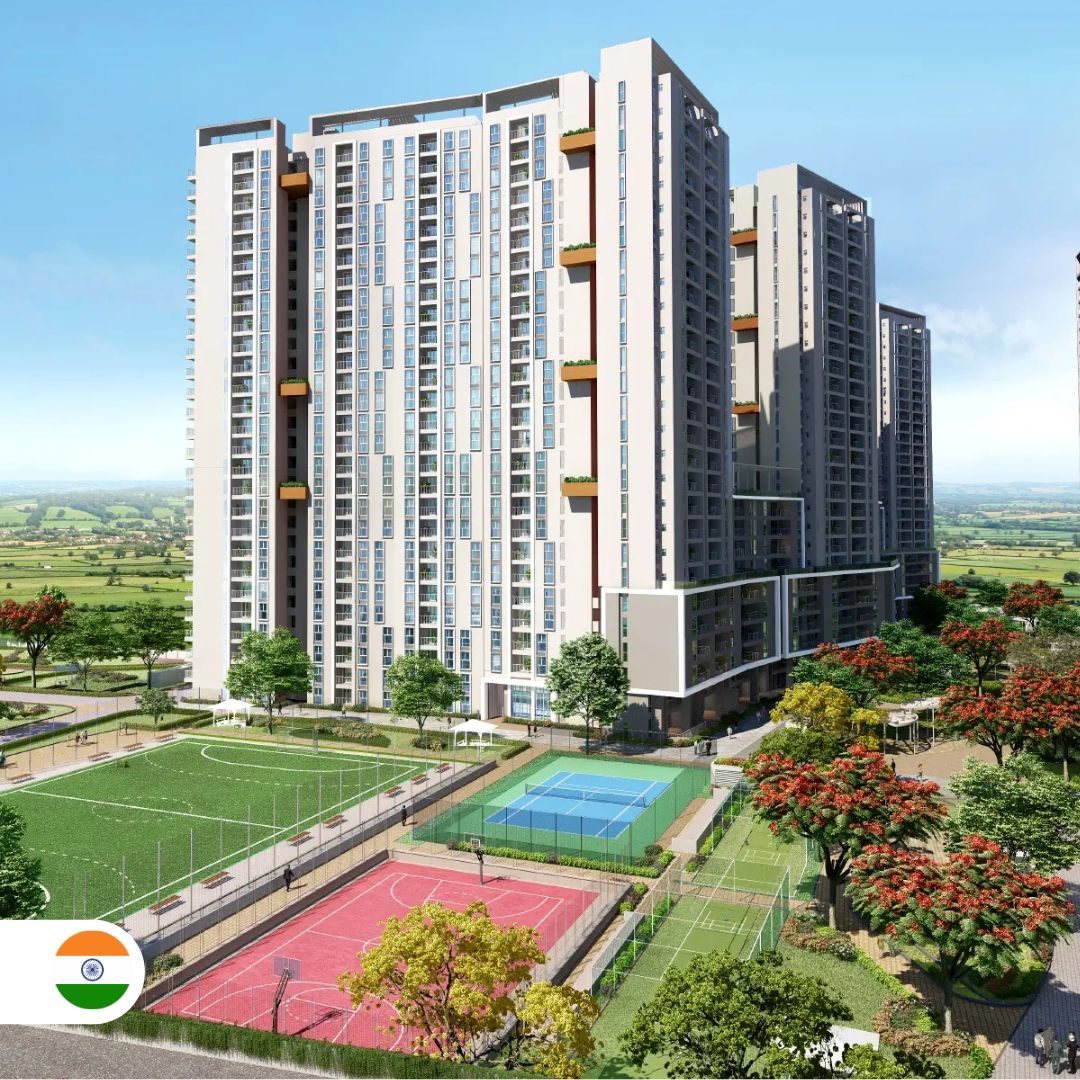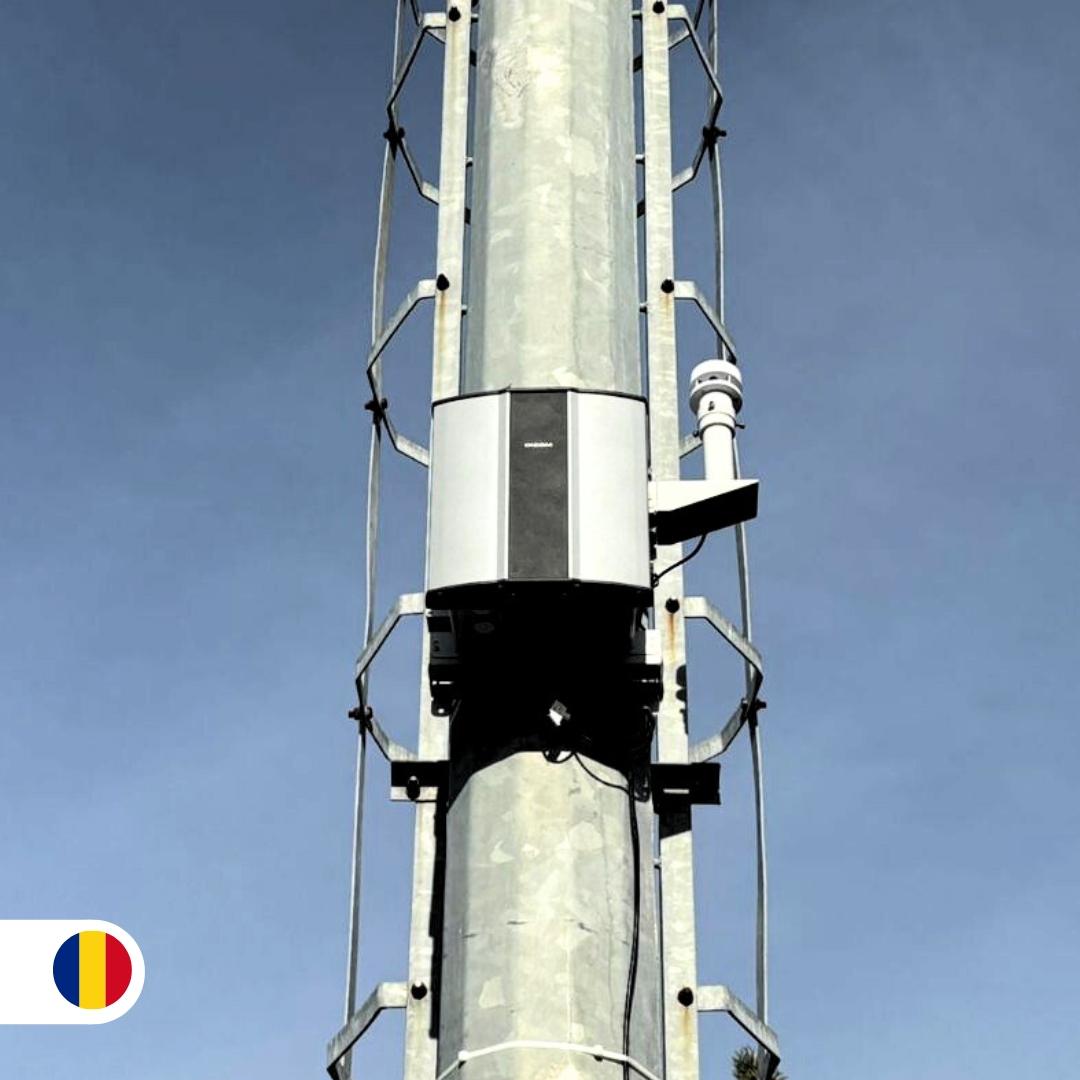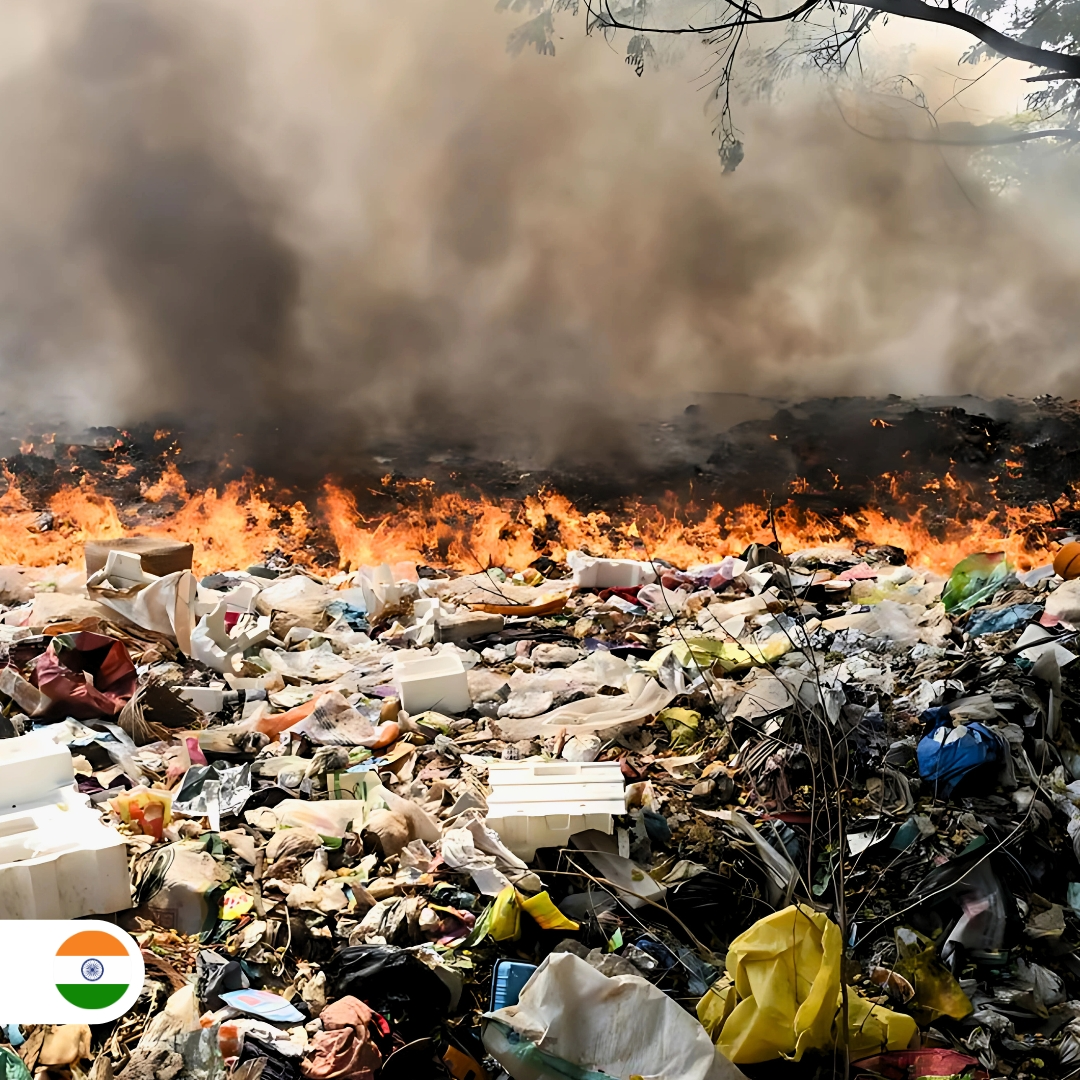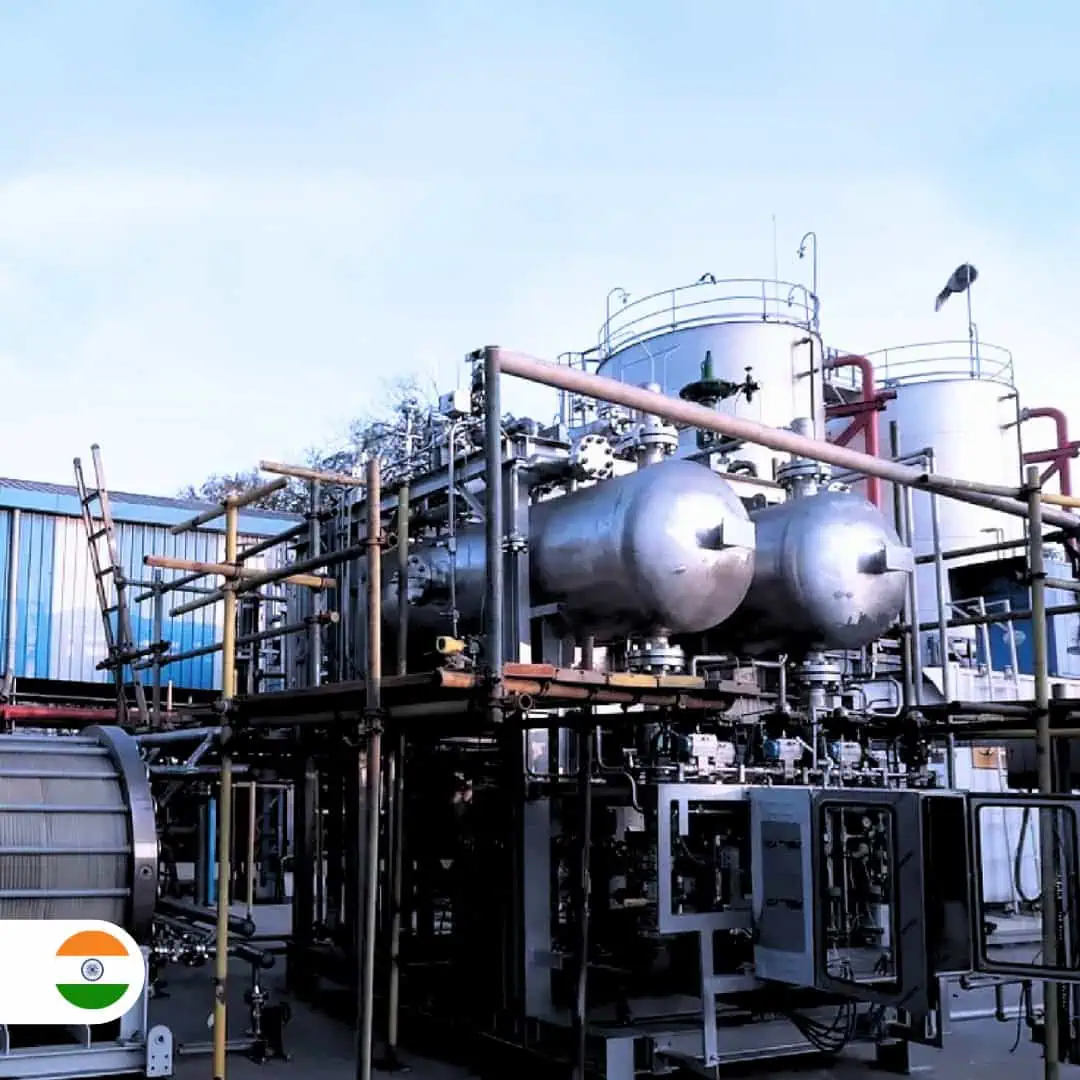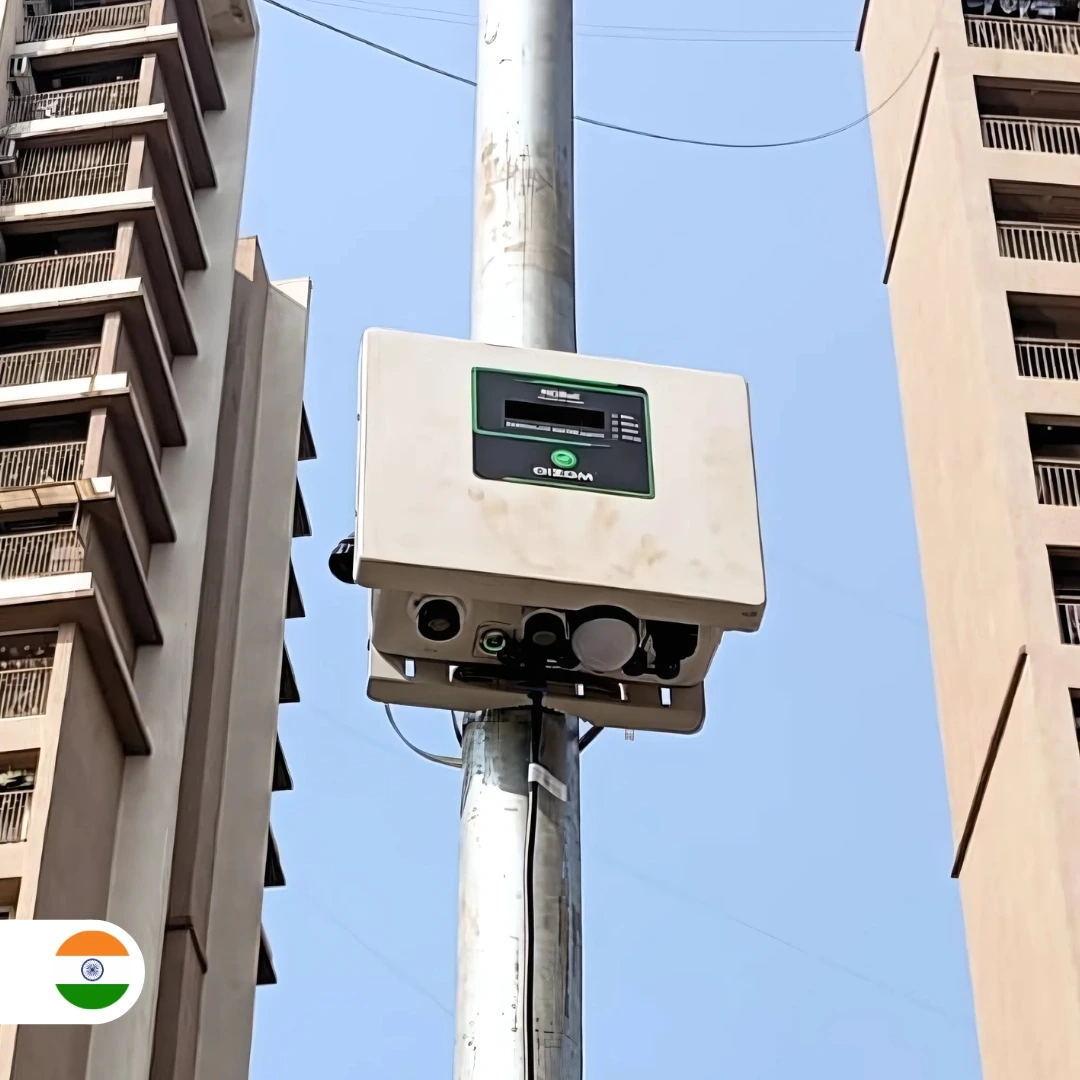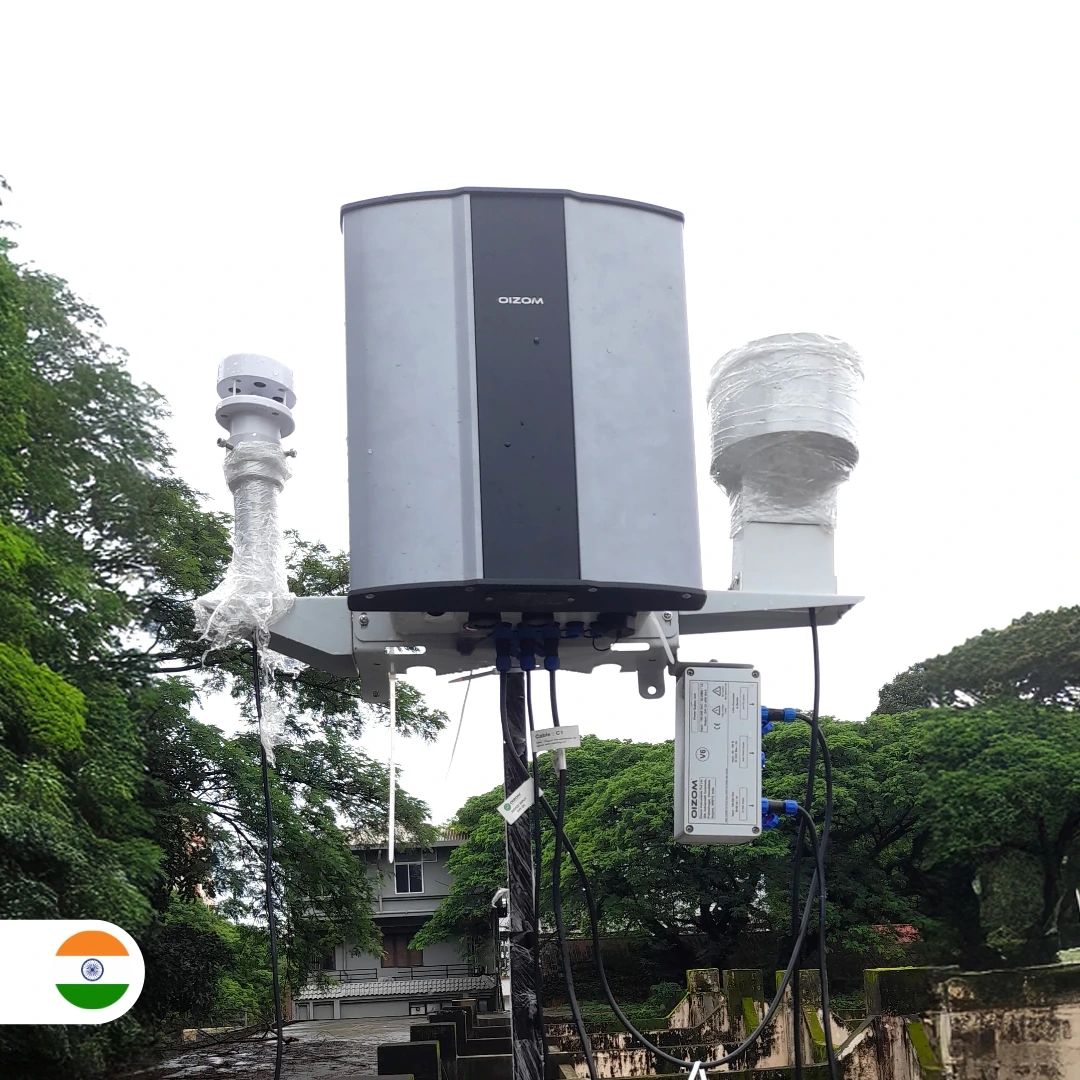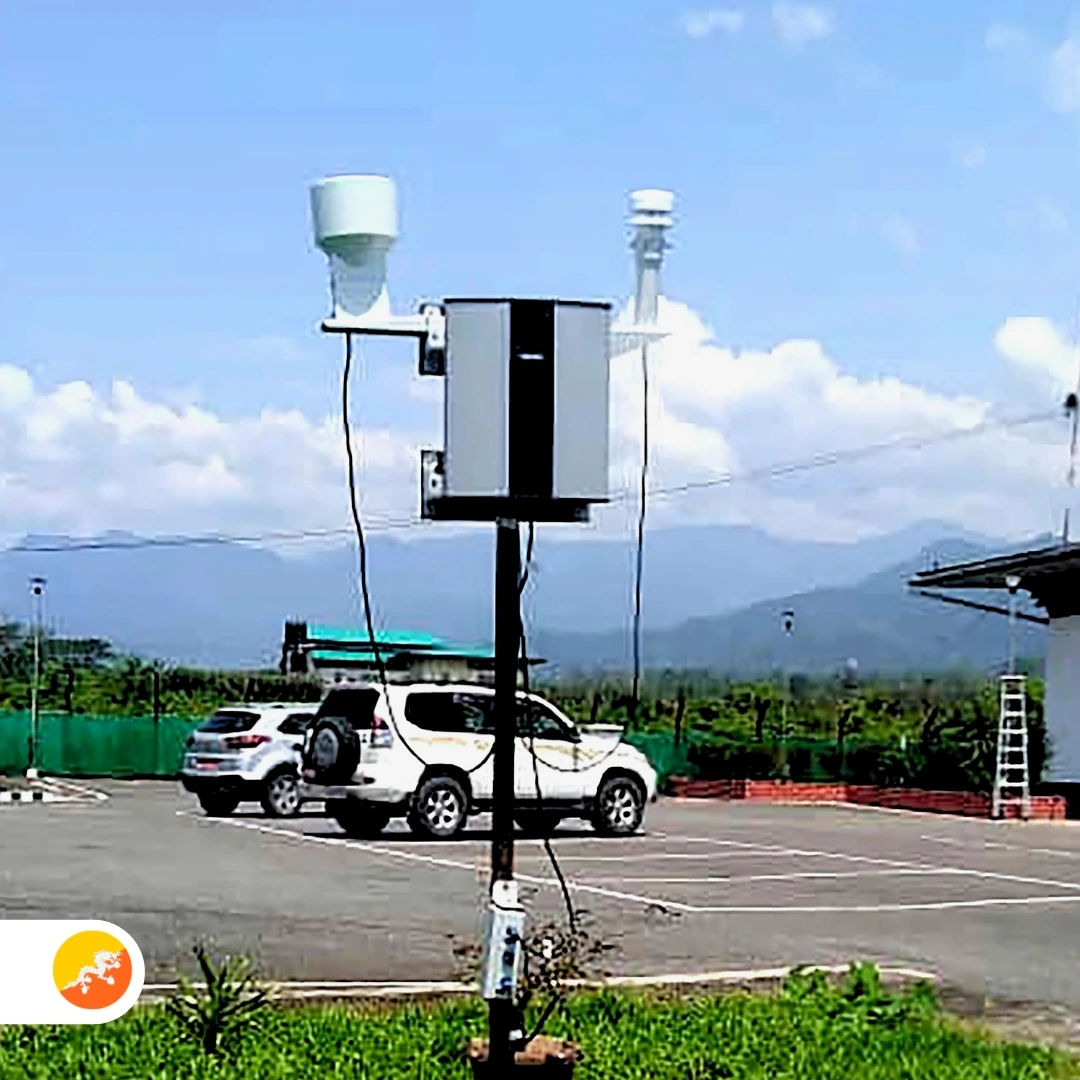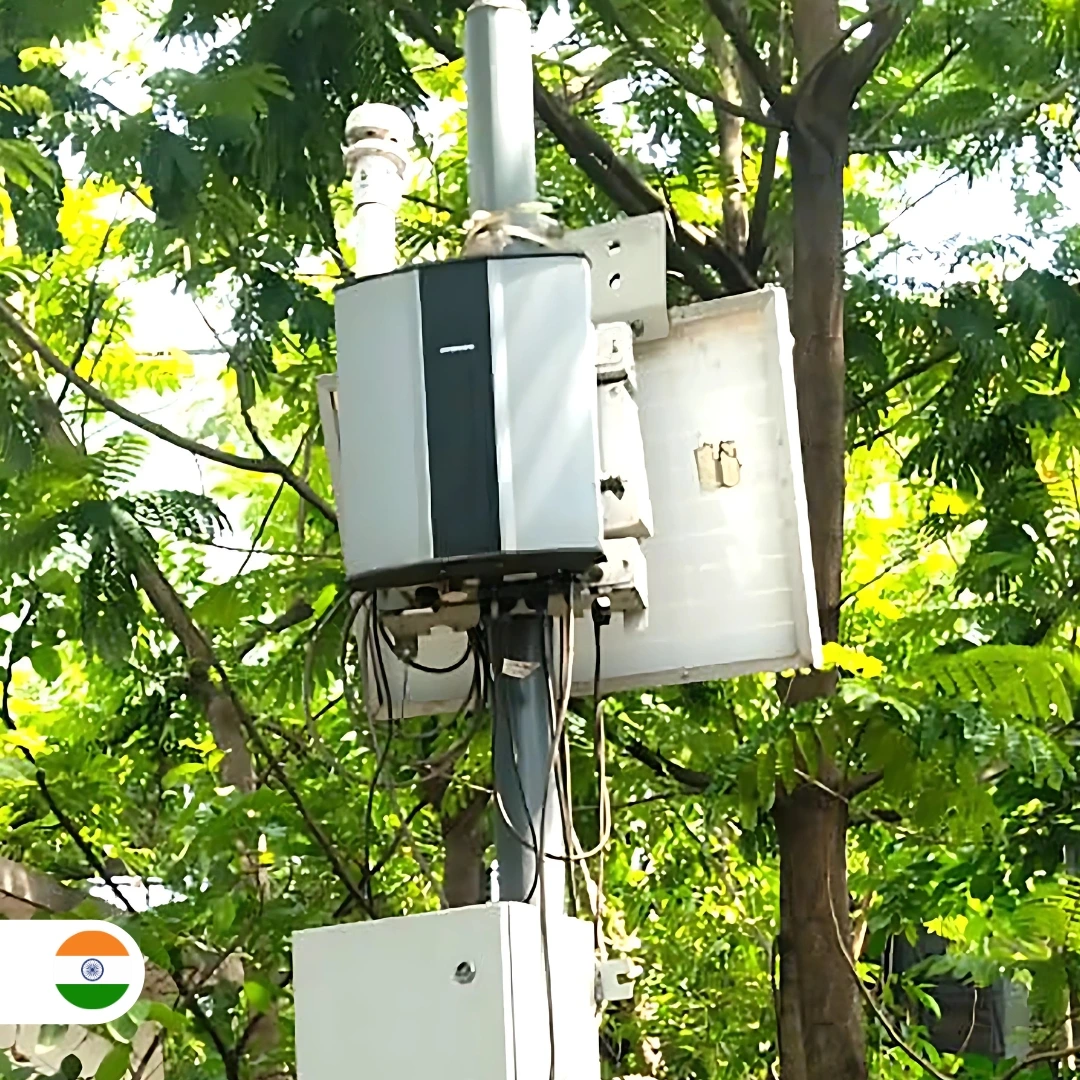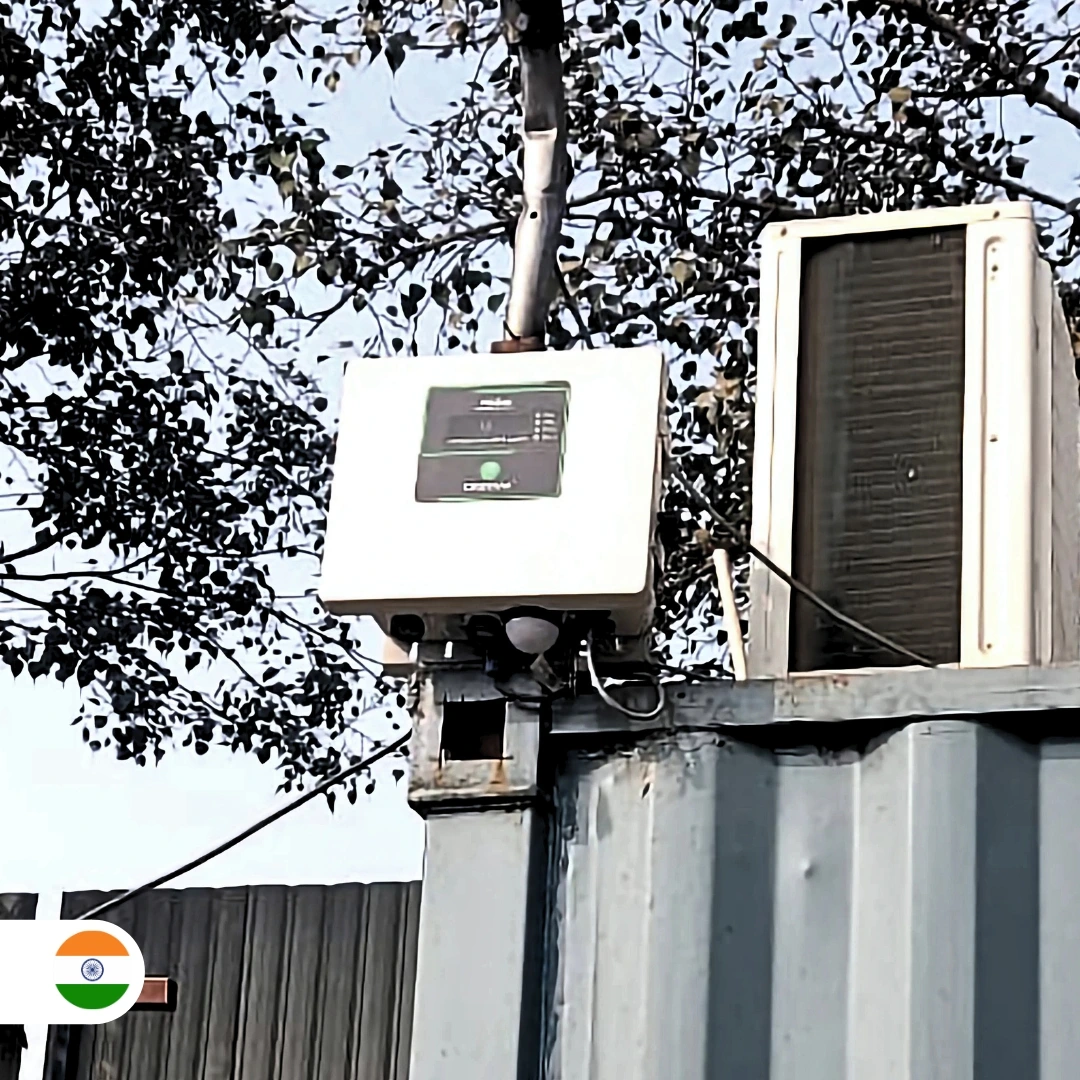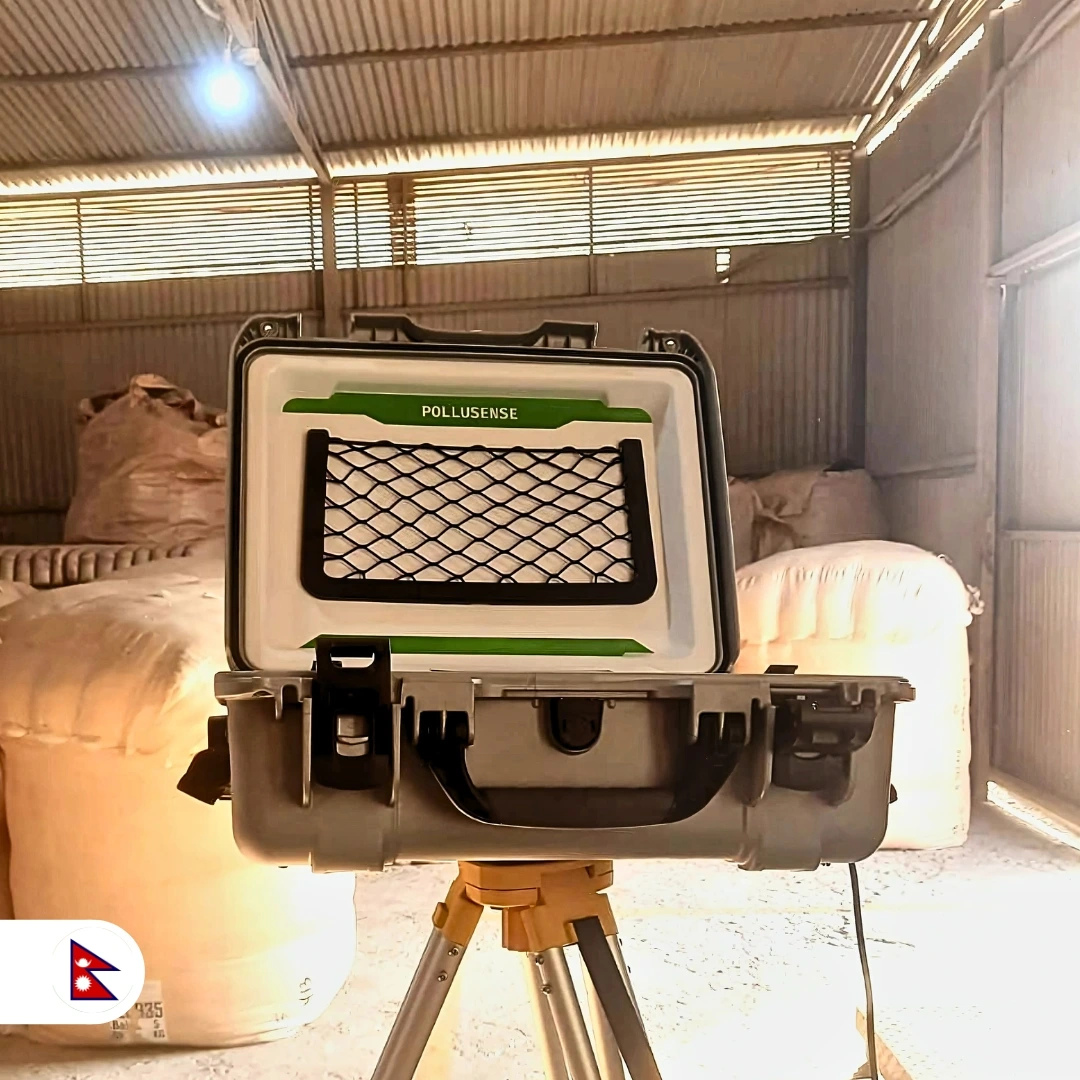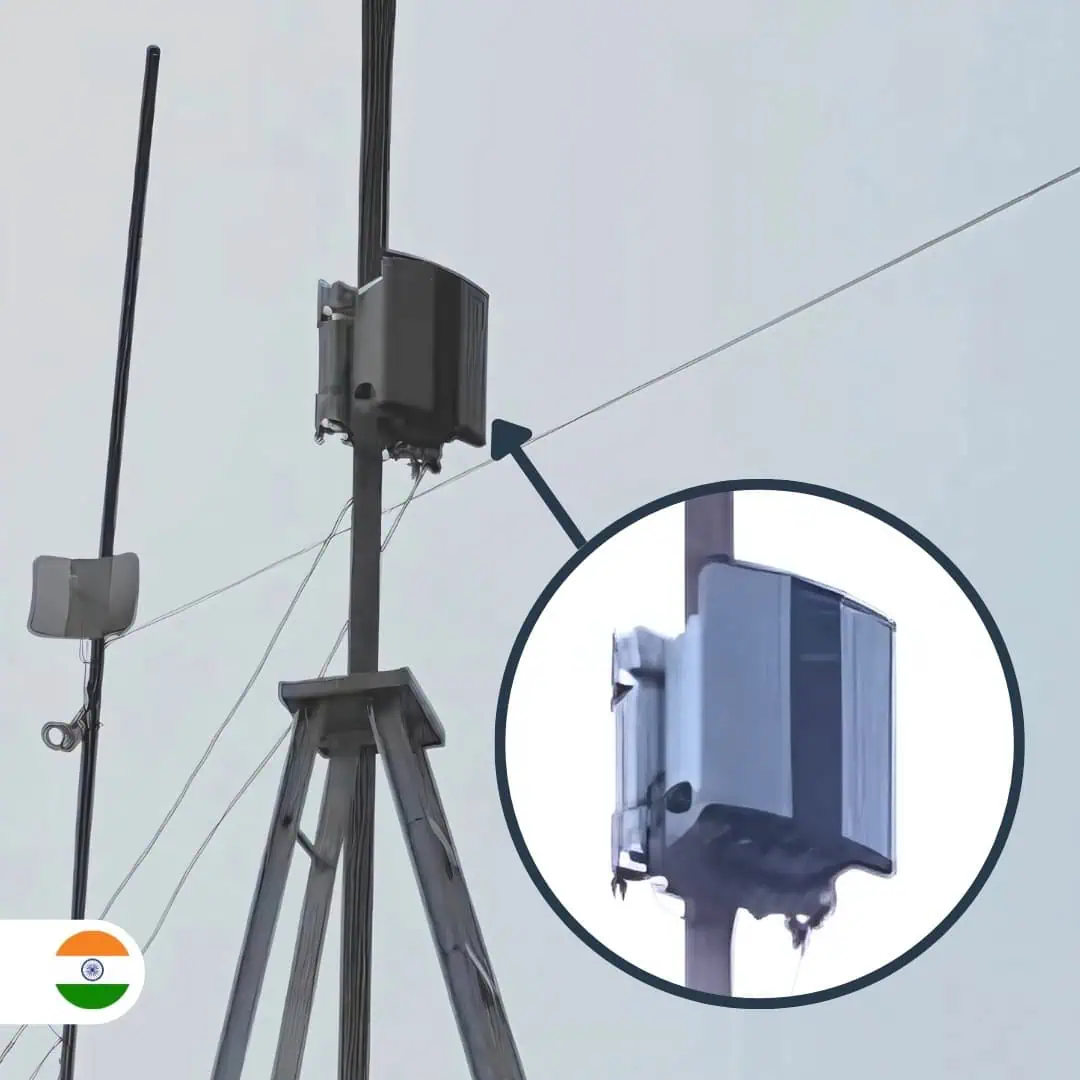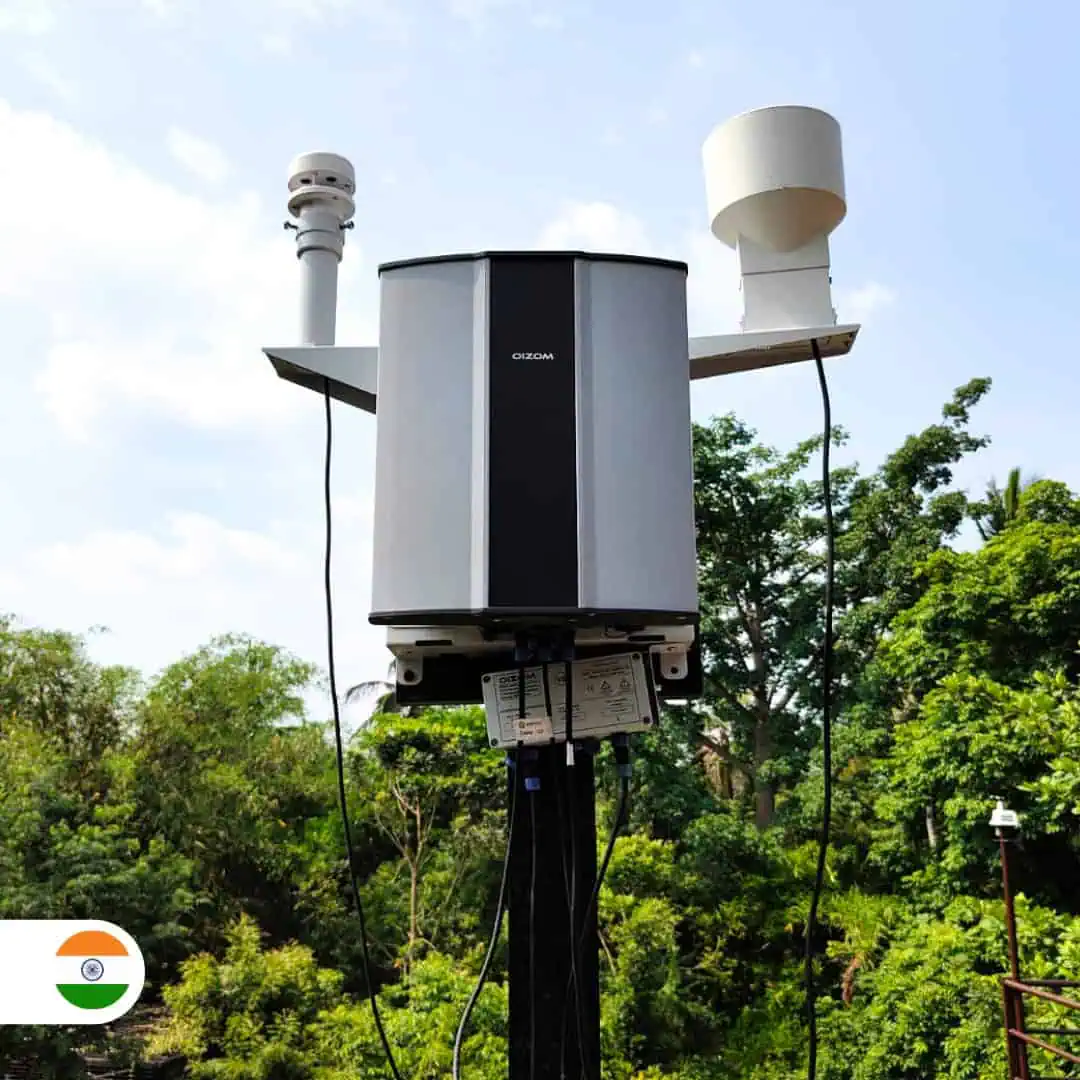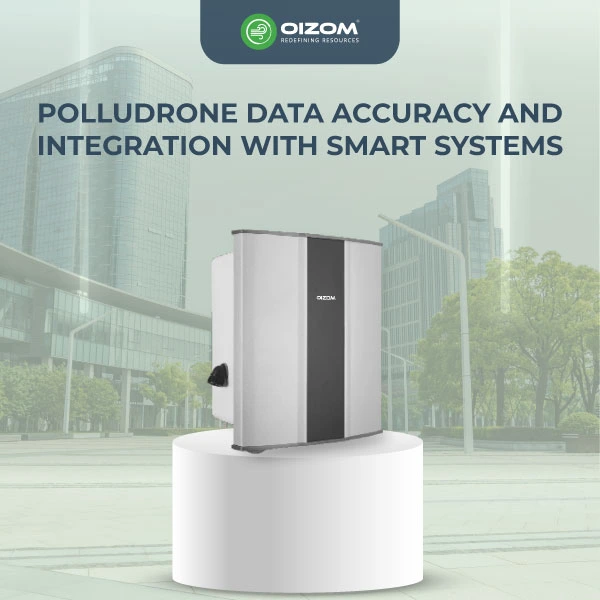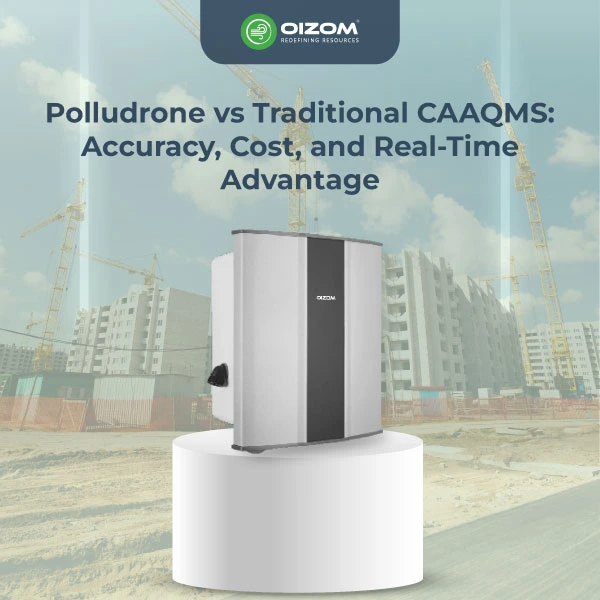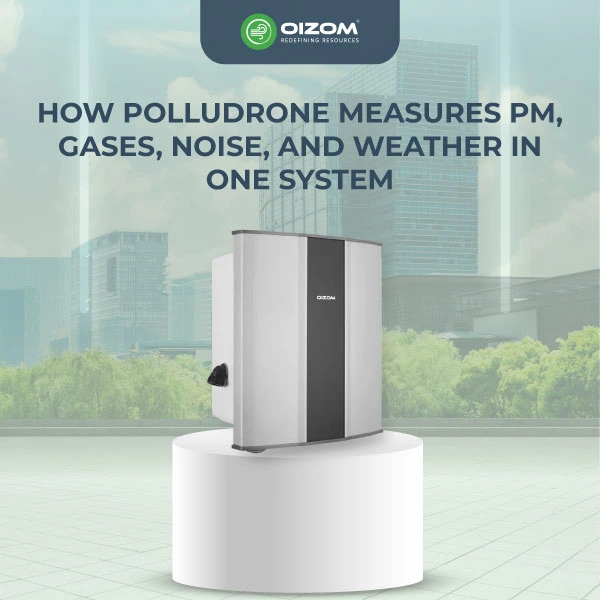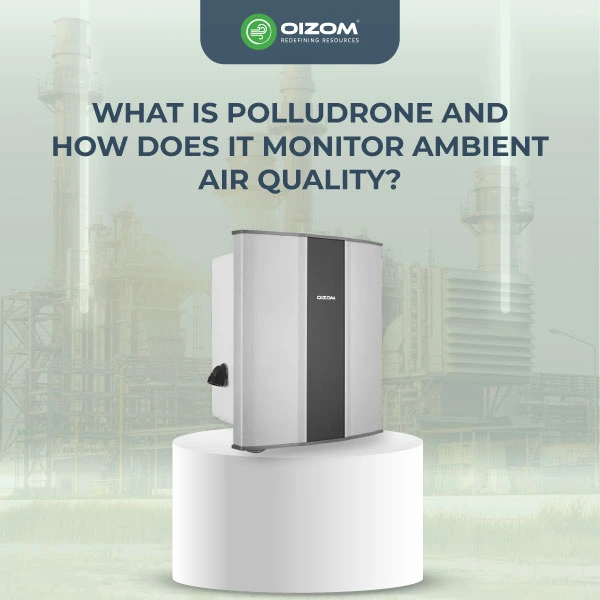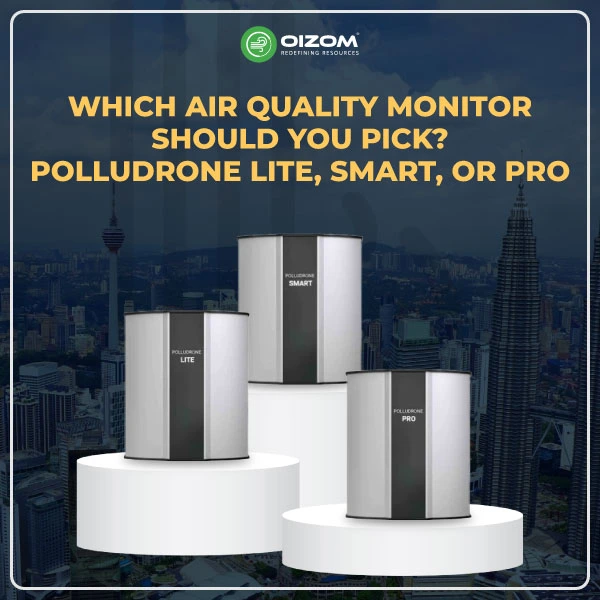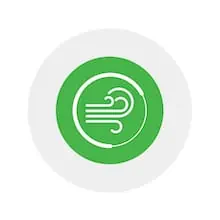Real-Time Ambient Air Quality Monitor
Track and analyze ambient air pollution in real-time with a continuous ambient air quality monitoring system for U.S. environmental standards.
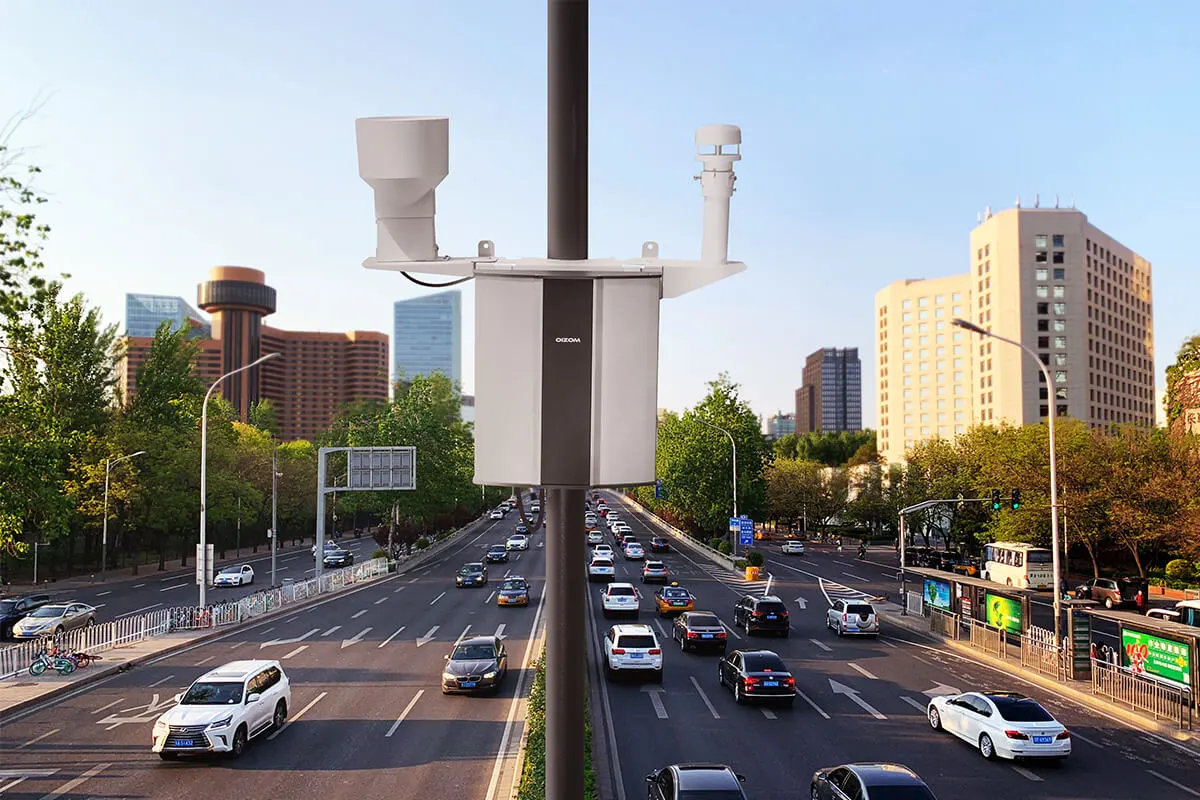
Real-Time Ambient Air Quality Monitor
Polludrone
Polludrone is a robust ambient air quality monitoring equipment that delivers live environmental data using advanced sensors and IoT connectivity. It is a multiparameter ambient air quality monitoring system capable of measuring PM2.5, PM10, gases such as NO₂, CO, O₃, SO₂, and VOCs, as well as environmental factors including temperature, humidity, noise, rain, and wind.
Polludrone enables cities and industries to meet environmental standards set by the Environmental Protection Agency (EPA) through precise, real-time ambient air quality monitoring. This real-time ambient air monitor is designed to measure key pollutants, Polludrone delivers actionable insights that support regulatory compliance.
Whether you’re managing public health, regulatory compliance, or ESG reporting, Polludrone, an advanced air pollution monitoring station, provides a reliable way to measure and respond to outdoor air quality in real-time.
Why Polludrone?

Weather + AQ in One
Integrated sensors for wind, temperature, humidity, rainfall, and noise, ideal for hyperlocal climate analysis

EPA-AQI Compatible
Fully aligned with the U.S. EPA Air Quality Index for accurate health-based data interpretation

Secure Data Transfer
Encrypted protocols ensure data integrity across all communication channels

All-Weather Design
IP66-certified enclosure built to withstand U.S. climate extremes

Dashboard Access
Share live data with schools, local communities, and regulatory stakeholders
Our Presence in The United States
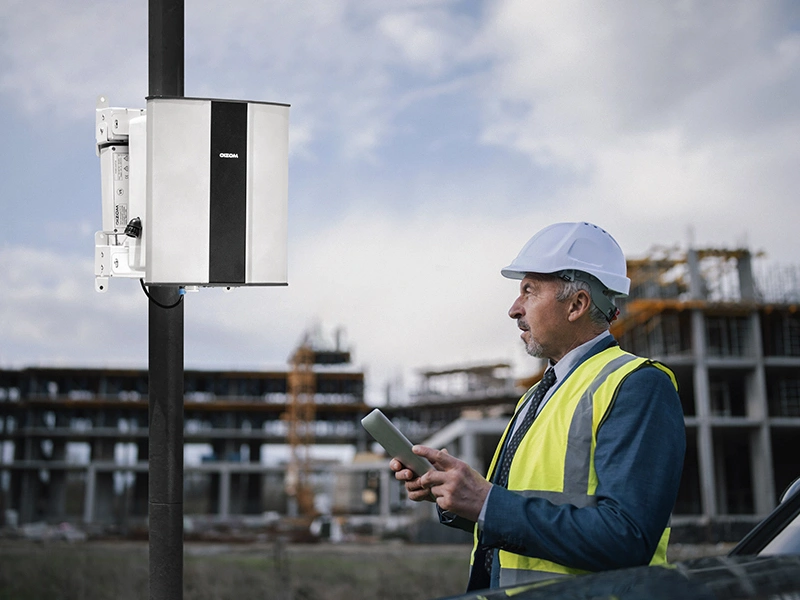
Changing the way we monitor air quality
Contact us to learn more about our air quality monitoring systems and solutions.
Need Help? Talk to Danny, Your Air Monitoring Guide in the Region
Speak to our expert and discuss your air quality requirements
Features of our Air Quality Monitoring System

Patented Technology
Works on innovative e-breathing technology for higher data accuracy

Retrofit Design
Plug and play design for ease of implementation

Internal Storage
Internal data storage capacity of up to 8 GB or 90 days
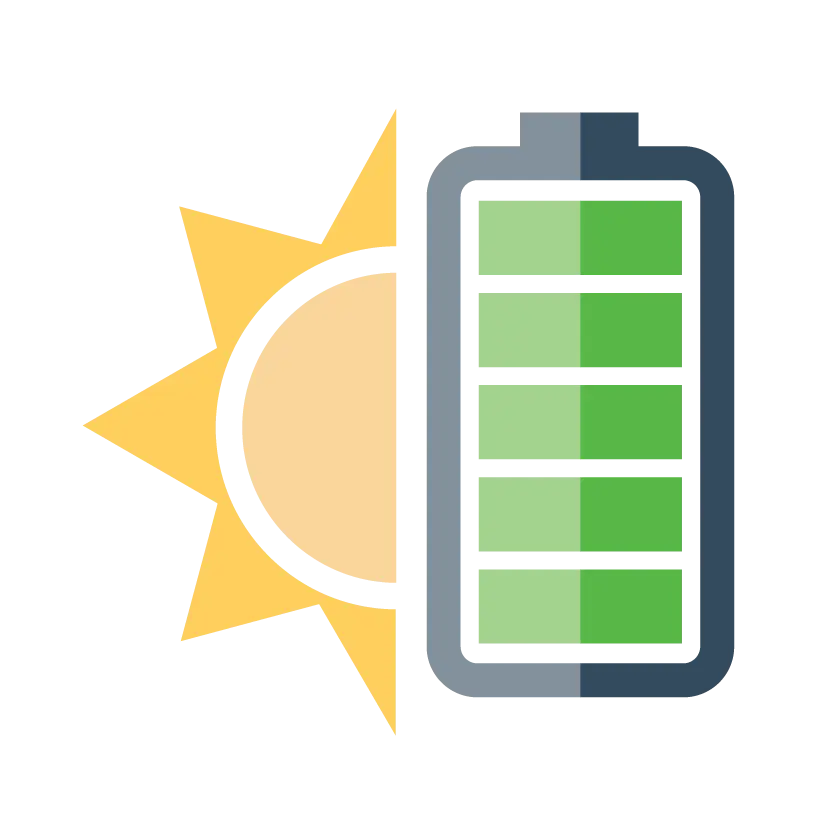
Solar Powered
The system works 100% on solar power, making it ideal for off-grid locations

Tamper Proof
IP 66 grade certified secure system to avoid tampering / malfunction / sabotage

Network Agnostic
Supports a wide range of connectivity options like GSM / GPRS / WiFi / LoRa / NBIoT / Ethernet / Modbus / Relay / Satellite
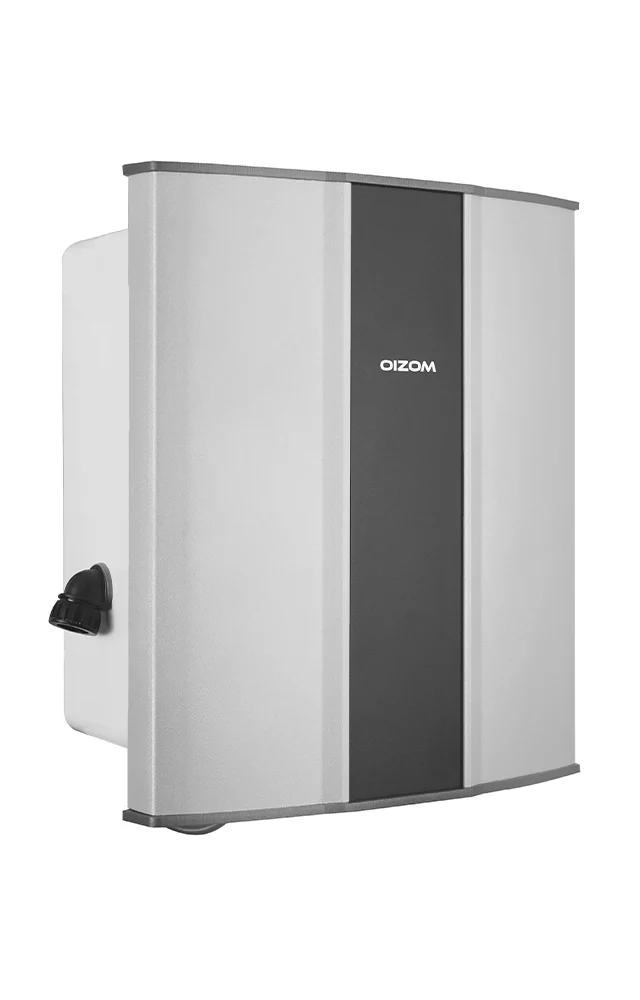

Compact
Lightweight and compact system that can be easily installed on a pole or wall

Real-Time Data
Continuous monitoring and real-time data transfer at configurable intervals

Weather Resistant (IP 66)
Durable enclosure designed to withstand extreme weather conditions
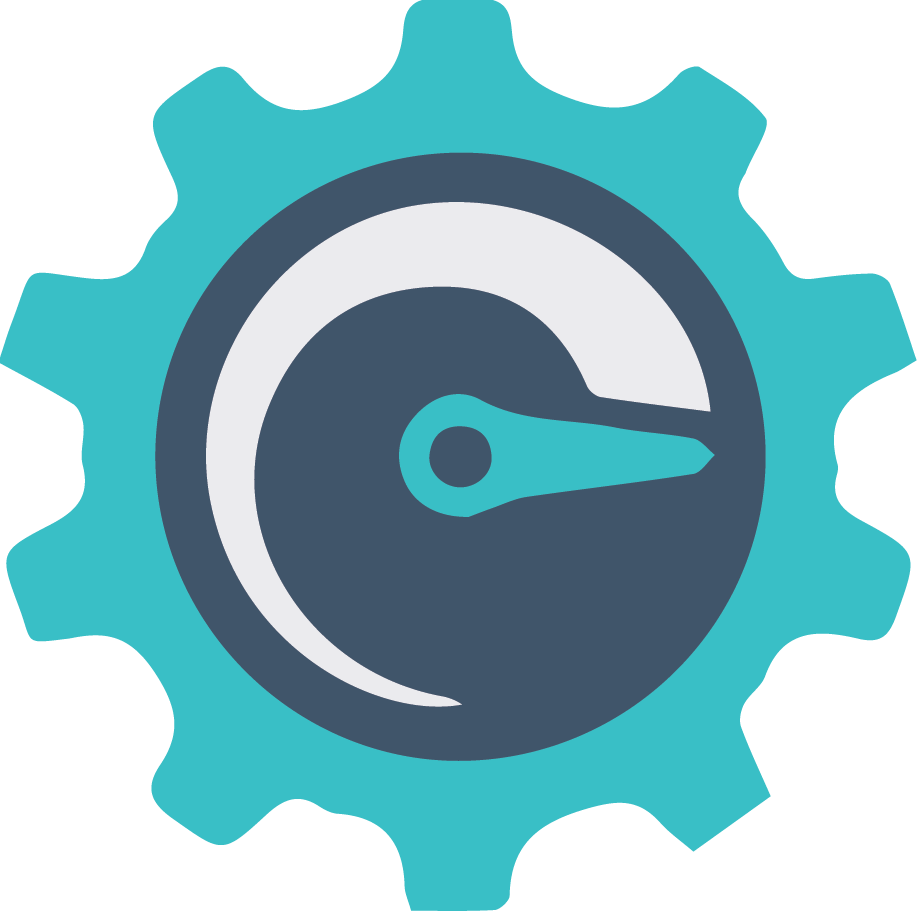
On-device Calibration
On-site device calibration capability using built-in calibration software

Identity and Configuration
On-site device calibration capability using built-in calibration software
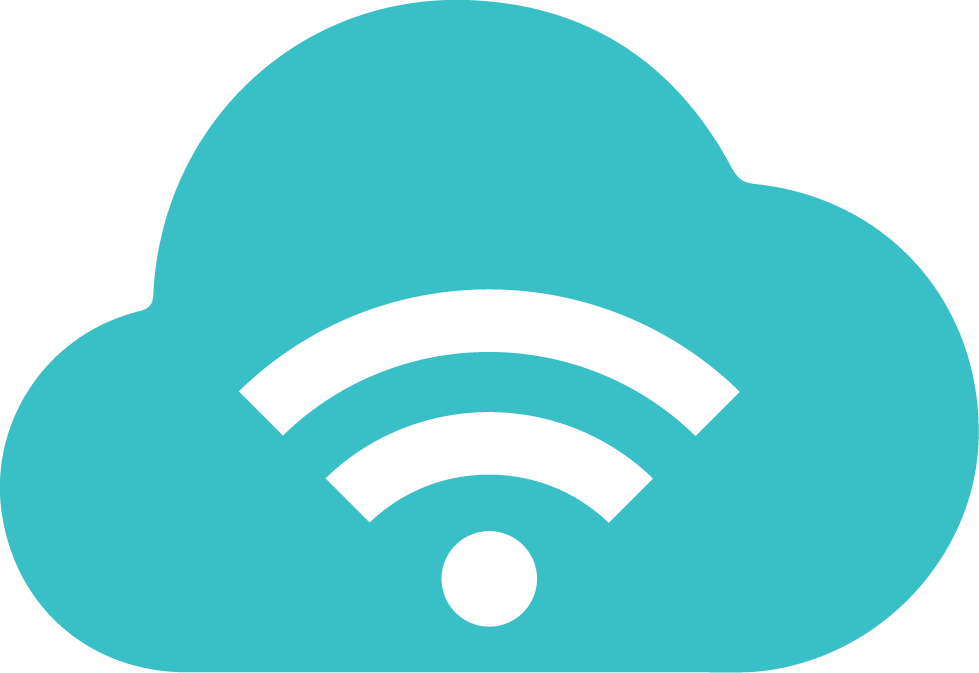
Over-The-Air Update
Automatically upgradeable from a central server without any onsite visit
How Does Our Software Perfectly Compliment Our Air Quality Monitors?
Envizom is an advanced environmental monitoring solution designed to complement Polludrone seamlessly. It is a part of Oizom’s air quality monitoring solution. Envizom’s real-time data collection and analytics capabilities enable effective decision-making for environmental management. Its integration with Polludrone enhances the overall effectiveness, providing a more holistic approach to air quality monitoring. Together, they form a robust toolset for environmental assessment, crucial for urban planning, health risk analysis, and regulatory compliance.
Our sensing technology works on proven working principles like NDIR, Electrochemical Analysis, Semiconductor, Optical Measurement, and Laser-Scattering. In addition, as a part of our proprietary ‘Micro Active Sampling’ (e-breathing technology), we have a sophisticated suction-and-exhaust system for air sample collection and monitoring inside a controlled environment. The technology isolates the external environment’s effect on measurement to achieve 13% higher accuracy than the industry standards.
Laser Scattering: The sensor emits a laser beam to diffract through the air sample collected in the equipment. Therefore, the intensity of the beam scattered from the particles provides particle size distribution and concentration data.
Electrochemical Analysis: The gaseous emission is treated electrochemically, where an external potential is applied. Hence, each species such as CO2, H2S, CH4 is identifiable depending on their oxidation or reduction potential.
NDIR: The gases emitted from the location undergo Nondispersive Infrared Radiation where the air sample comes in contact with the infrared radiation. Different gaseous molecules absorb IR at different frequencies. So, the amount of IR absorbed gives the volumetric concentration of each gaseous constituent.
The first one is by using our Air Quality Software – Envizom. It is equipped with below features:
- User-friendly interface
- Smart alerts and reports
- Real-time data
- Set thresholds to automate the integrated systems
- Easy to set up
Another way to access the dust data is using secured HTTP/MQTT APIs. The data can be published on Public Displays, Smart TVs, Websites (using widgets), and Mobile Apps by using the APIs
Product Applications
Do you know you can fully customize your air quality monitoring system with Oizom?
Schedule a call with our team of experts and get a customised solution for your air quality monitoring requirement.
Discover how Governments, Industries and Communities have benefited from Polludrone
Learn More About Polludrone
Product Video
Polludrone Video explains everything you need to know about our range of Air Quality Monitoring Systems. In addition, you may watch the Polludrone Video to understand its Capabilities in terms of Parameters, Working Principles, Communication Protocols, Power Requirements, and Data accessibility. It’s a 4-minute 19 seconds video covering all the essential aspects of Ambient Air Quality Monitoring.
Polludrone FAQs
Common air quality pollutants include:
- Particulate Matter (PM2.5 and PM10): Fine particles that can penetrate the lungs and affect heart and lung function.
- Nitrogen Dioxide (NO2): A reactive gas from vehicle exhausts, contributing to smog and acid rain.
- Sulfur Dioxide (SO2): A gas from fossil fuel combustion at power plants and industrial facilities that can cause respiratory issues and acid rain.
- Carbon Monoxide (CO): An odorless, colorless gas from incomplete combustion, dangerous at high levels.
- Ozone (O3): A gas that forms in the atmosphere from reactions between organic compounds and nitrogen oxides under sunlight.
- Volatile Organic Compounds (VOCs): Organic chemicals that can cause health problems like headaches and liver damage.
- Lead (Pb): A toxic metal released from industrial processes and previously, from leaded gasoline.
- Ammonia (NH3): A gas mainly emitted from agricultural processes.
Safe levels of air pollutants are set by regulatory bodies like the Environmental Protection Agency (EPA) in the U.S. and the World Health Organization (WHO) globally. These levels vary by pollutant, with standards set for the concentration of each substance that should not be exceeded to protect human health. For example, the WHO recommends PM2.5 not exceed an annual mean of 10 µg/m3 and a 24-hour mean of 25 µg/m3.
Monitoring air quality is essential to:
- Protect public health by reducing exposure to harmful pollutants.
- Identify the sources and patterns of pollution for targeted action.
- Inform the public and issue warnings on poor air quality days.
- Assess the effectiveness of regulations and control measures.
- Understand long-term trends and the impact of climate change.
Our continuous air quality monitoring device uses a network of environmental air quality sensors to measure the concentration of various air pollutants continuously. These sensors are sensitive to specific types of pollutants and can provide real-time ambient air quality data. This data is then processed and analyzed to provide insights and alerts, which can be accessed through a dashboard or mobile application.
Key features of our air quality monitoring system include:
- Real-Time Data Access: Via a user-friendly dashboard or API for easy integration with other systems.
- Customizable Alerts: To notify when pollutant levels rise above predefined thresholds.
- Data Analytics Tools: To track trends and forecast potential air quality issues.
- Durable Design: Capable of withstanding various environmental conditions.
- Smart Calibration: Ensuring that sensors remain accurate over time.
- Multi-Pollutant Detection: Ability to monitor multiple pollutants simultaneously.










